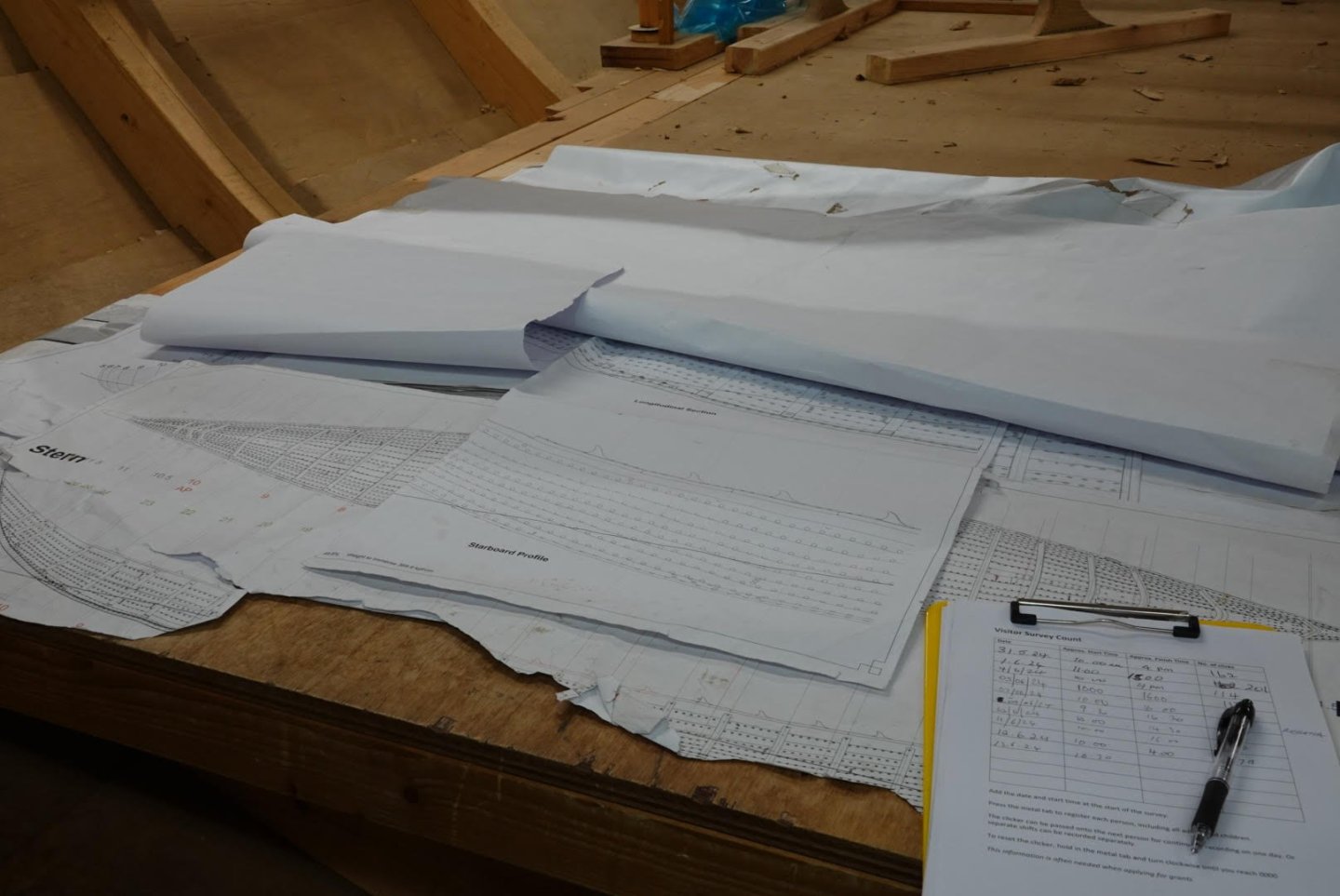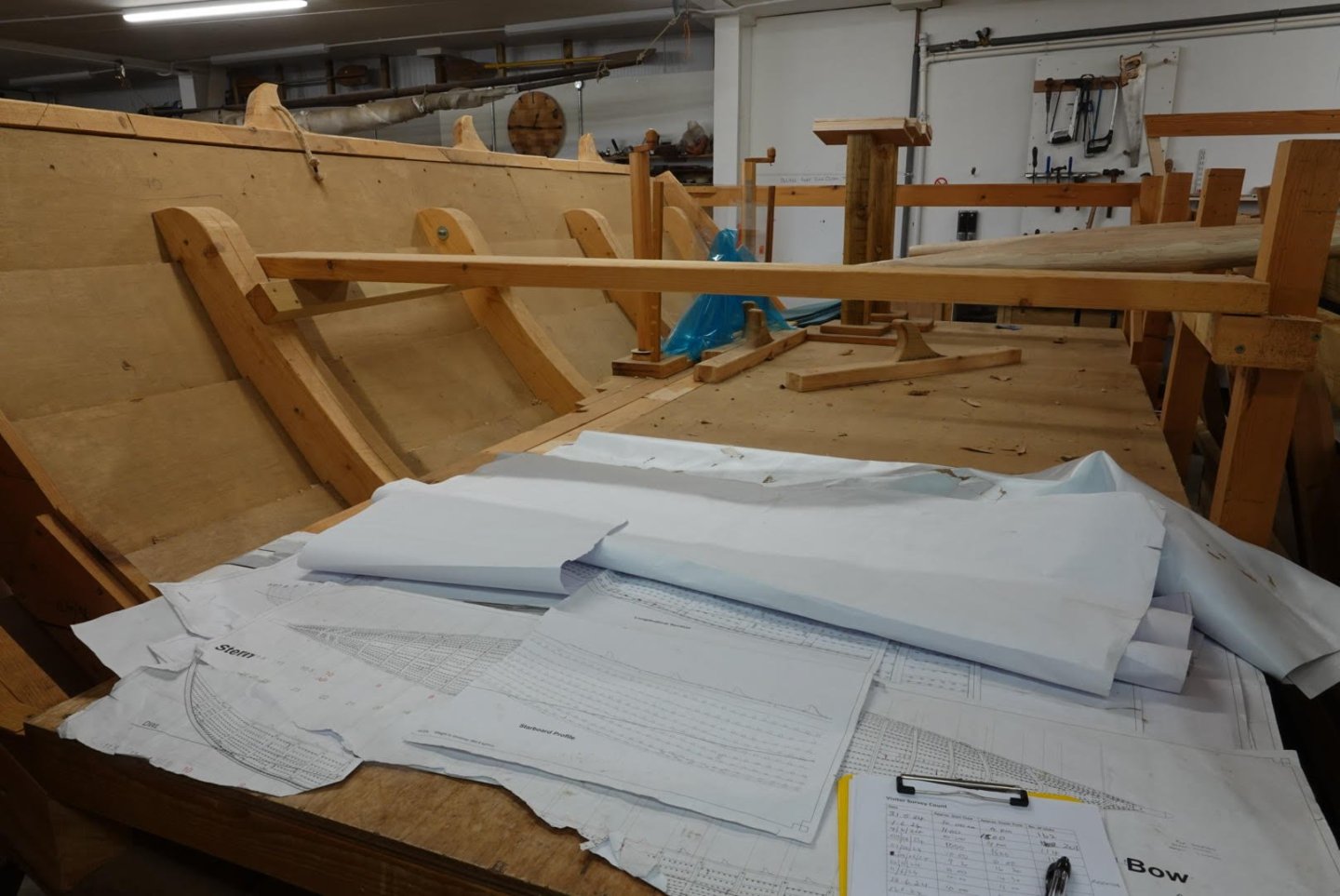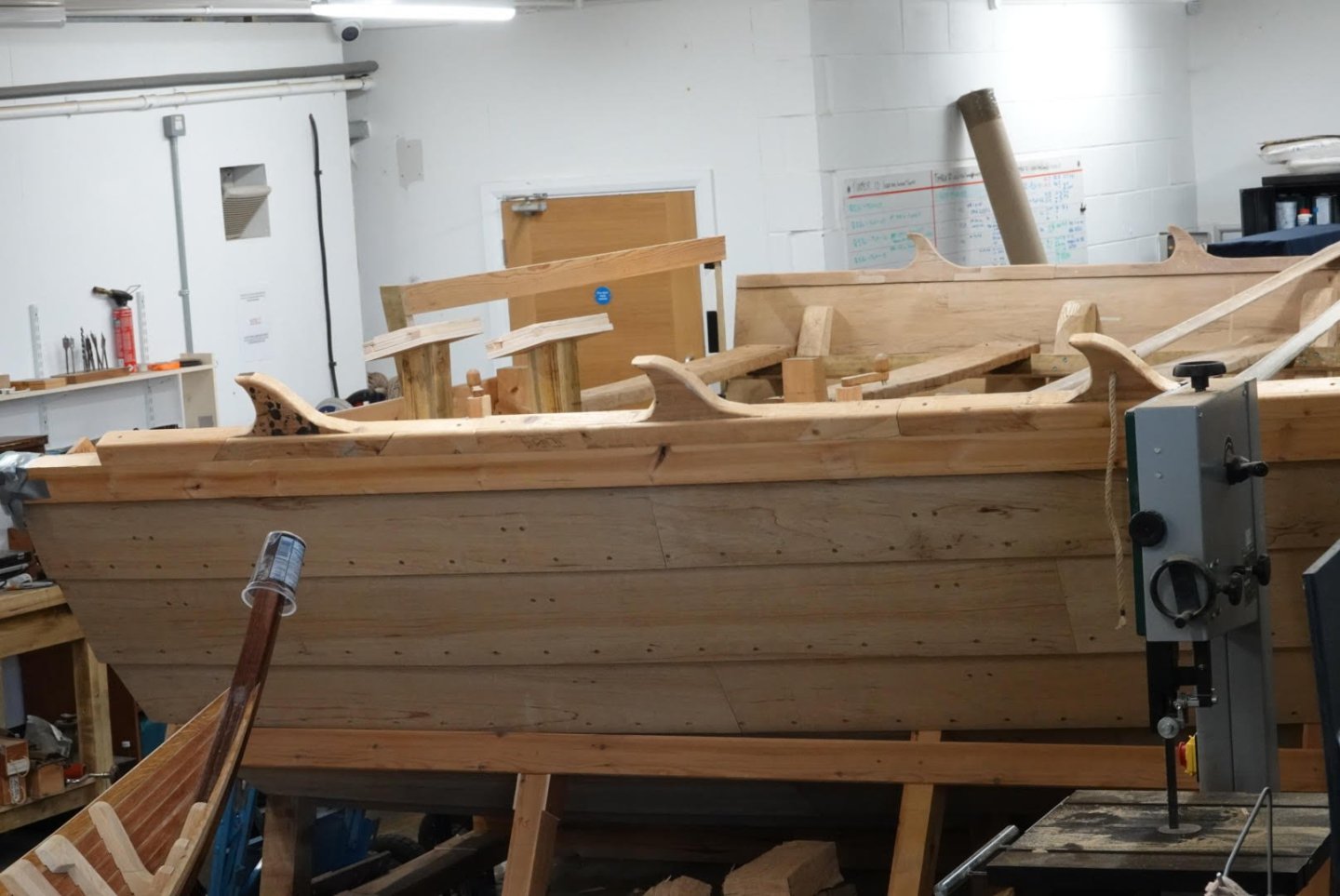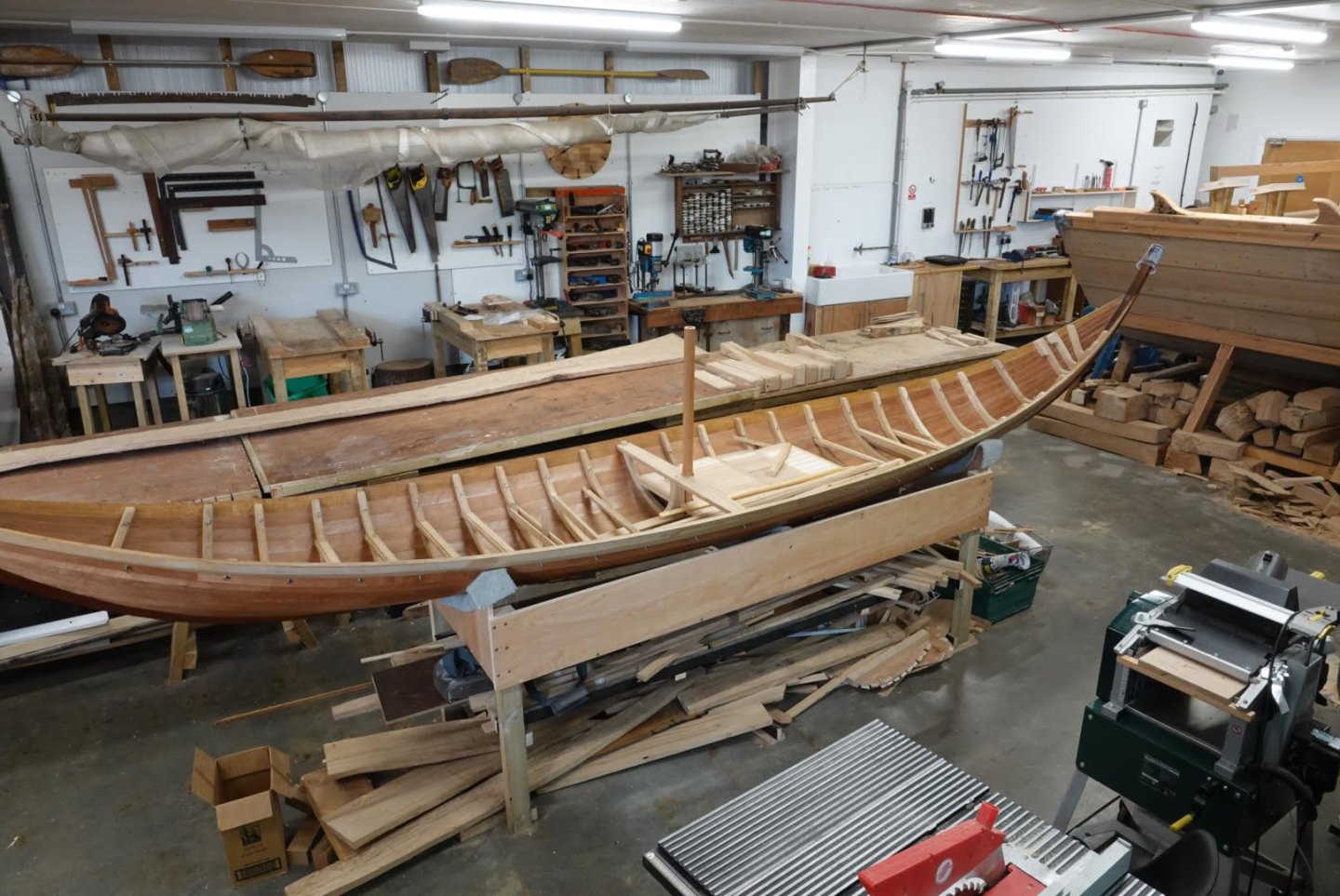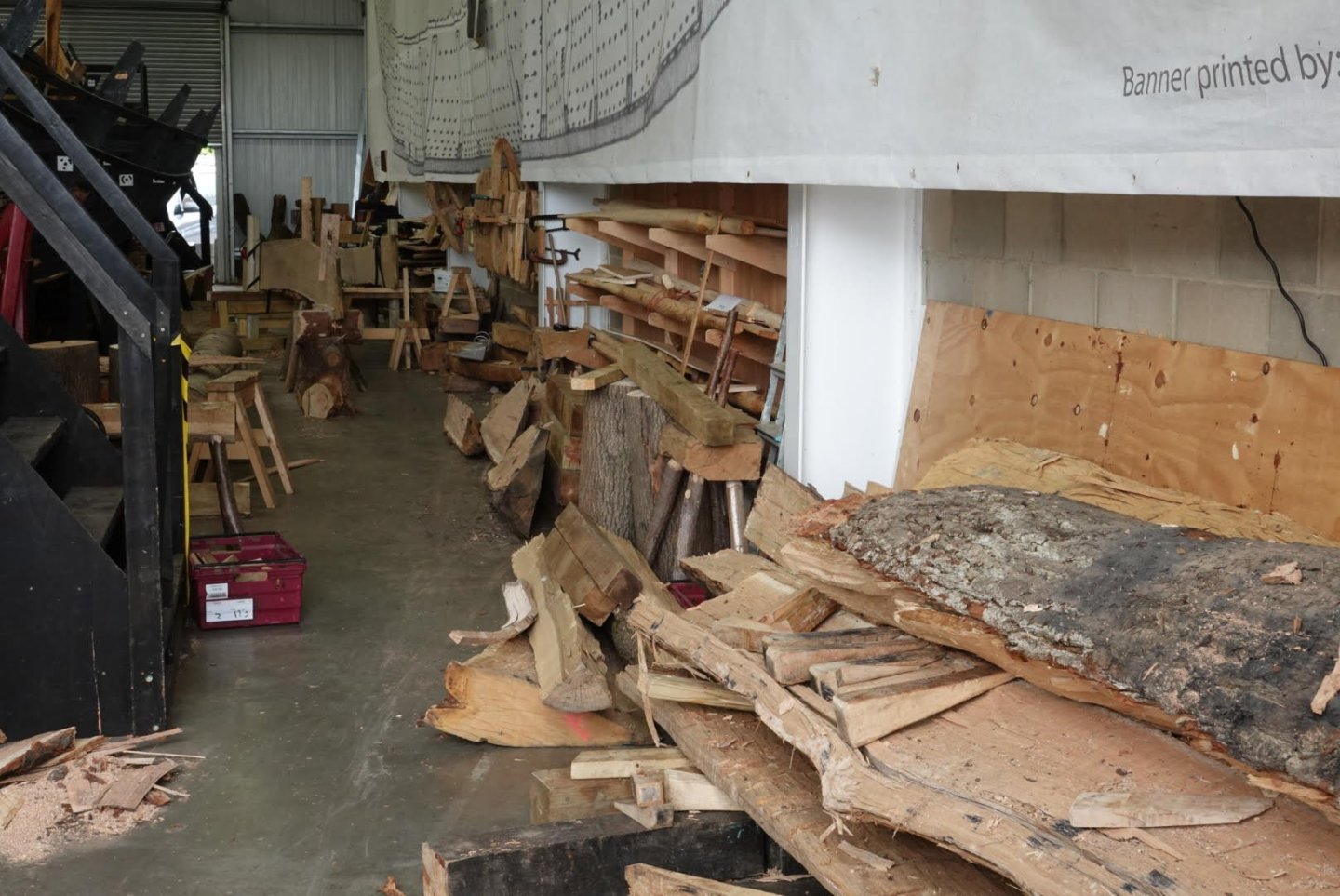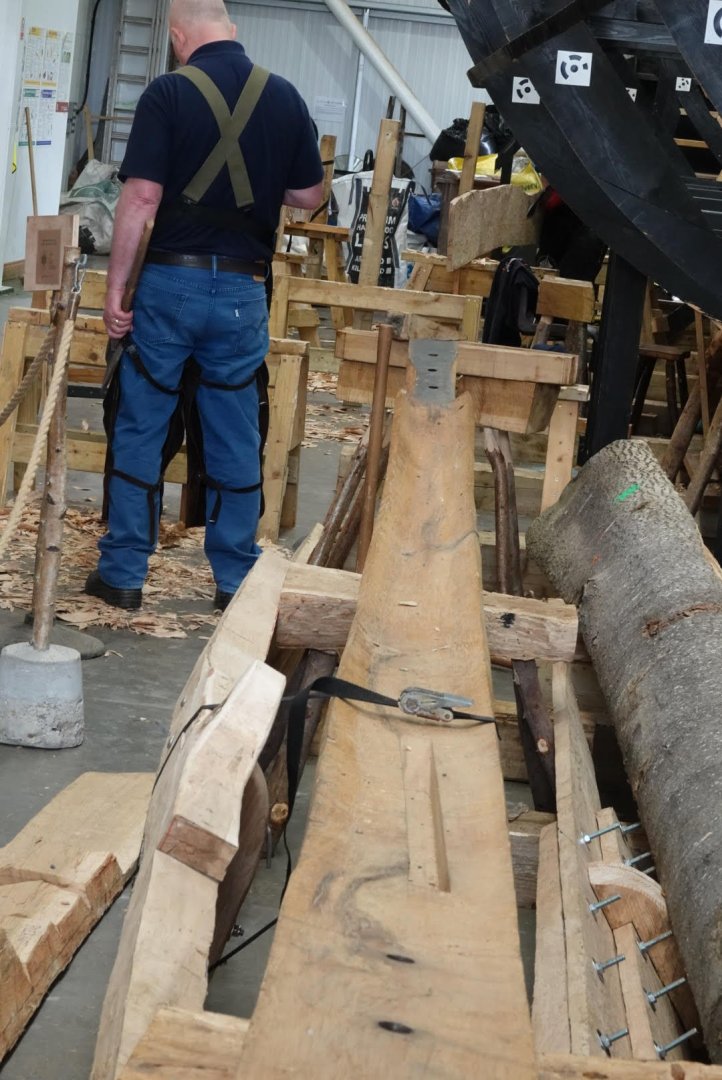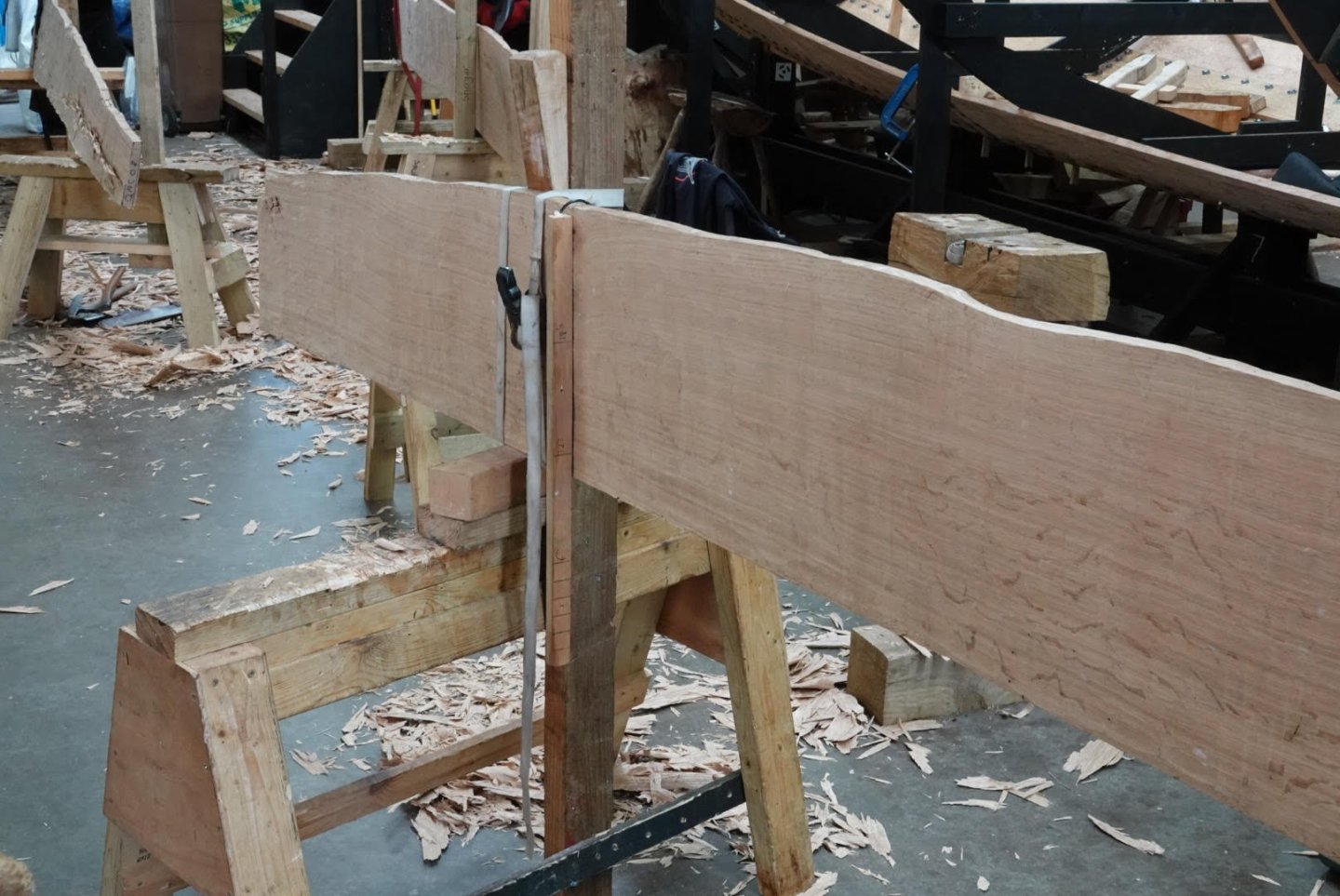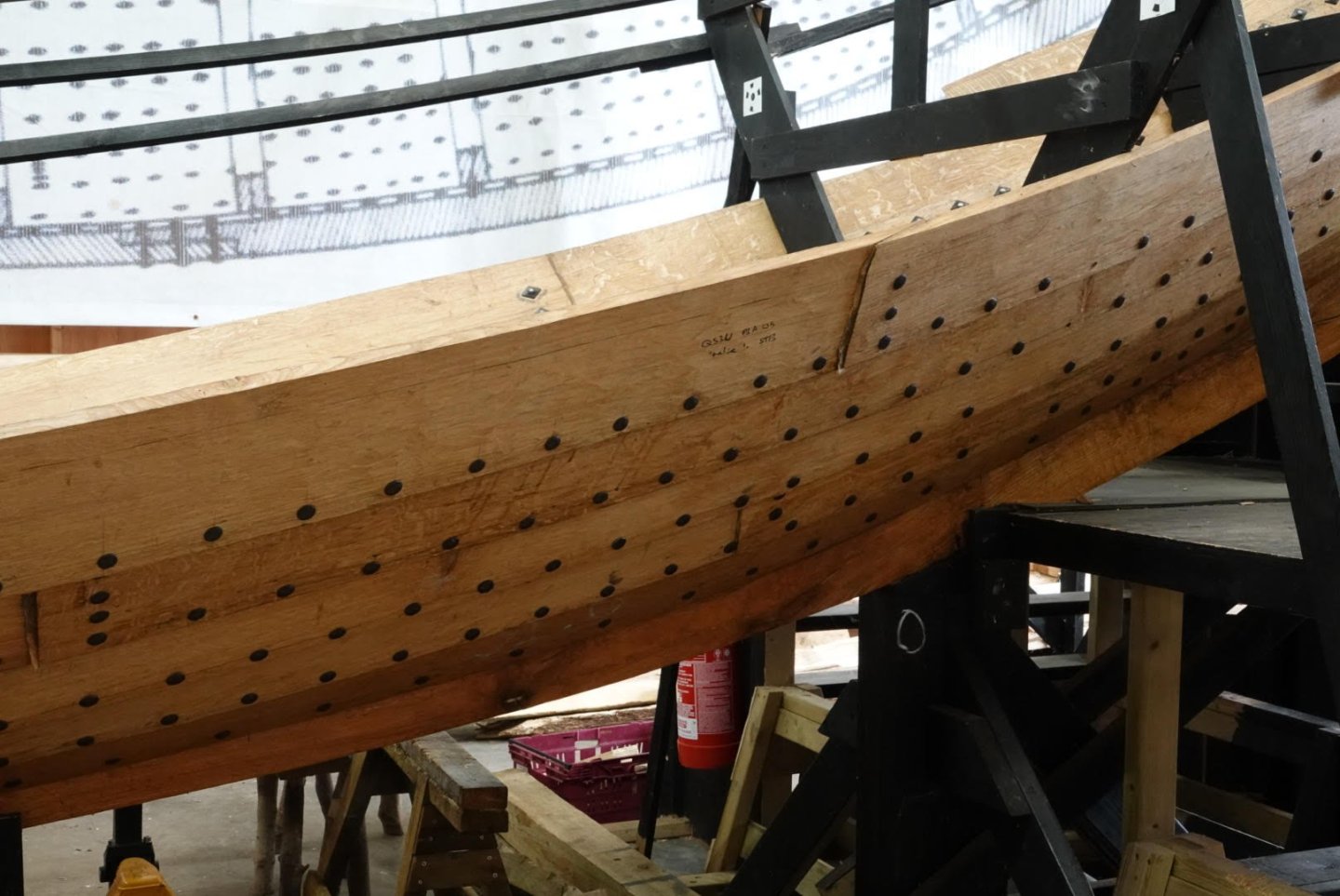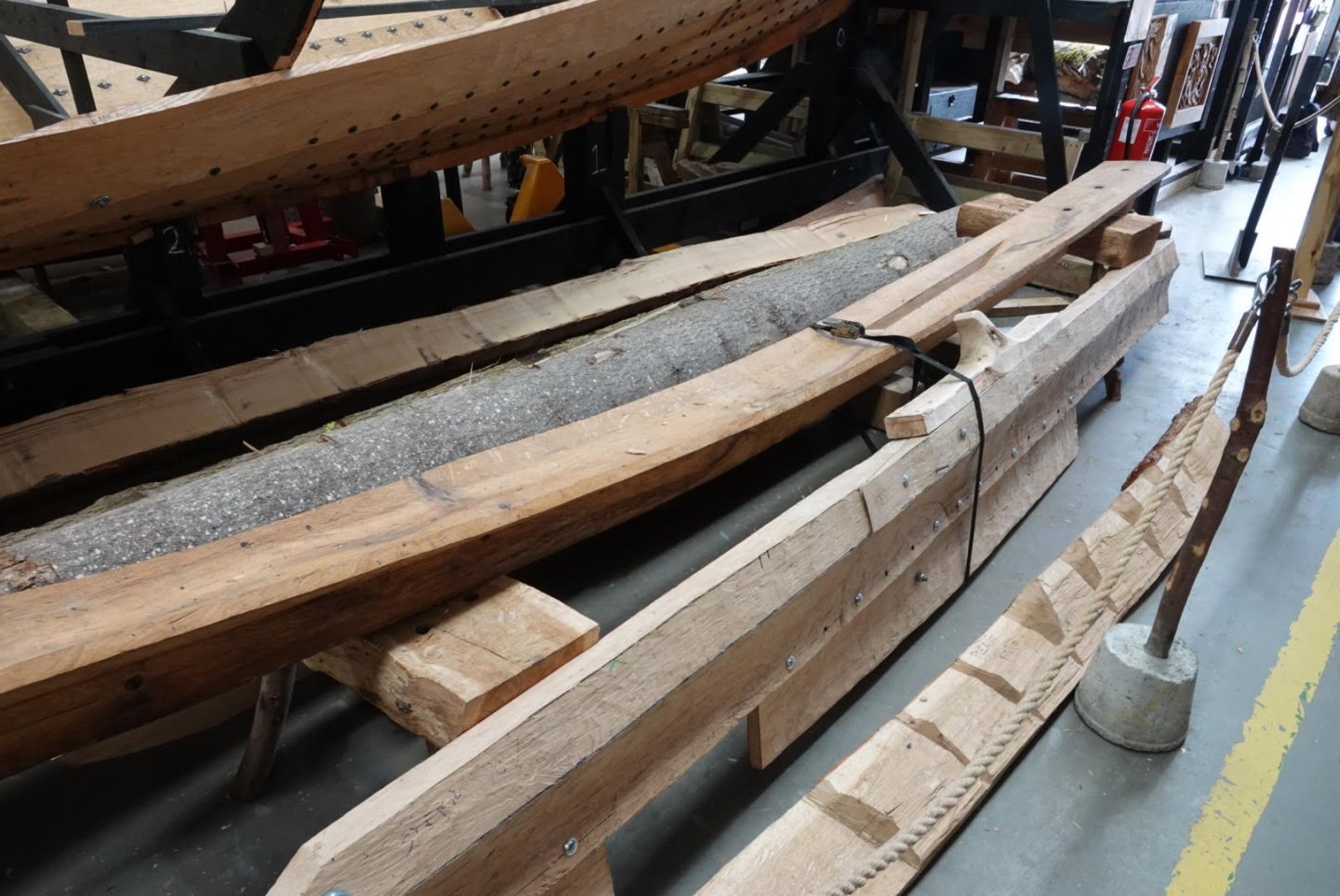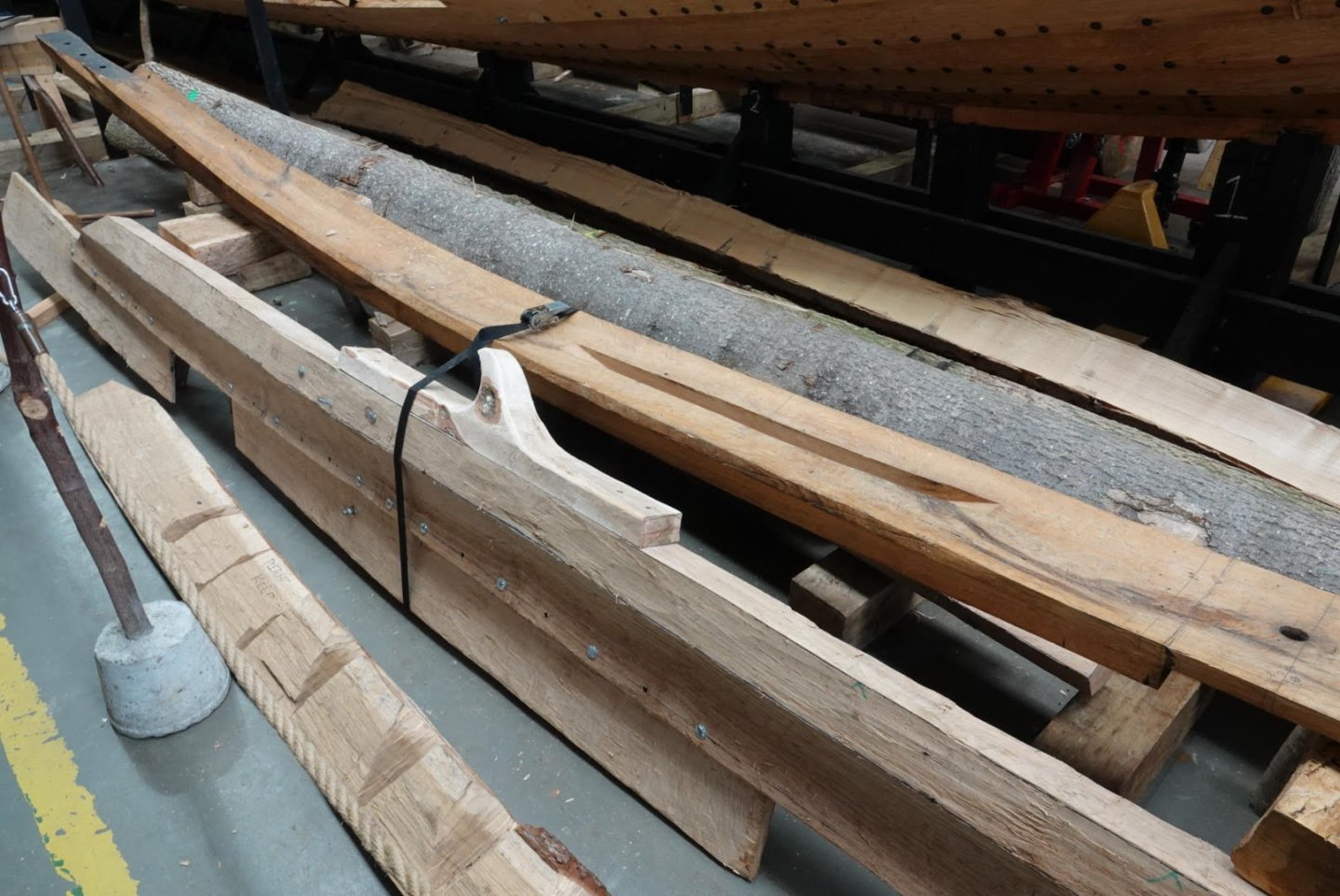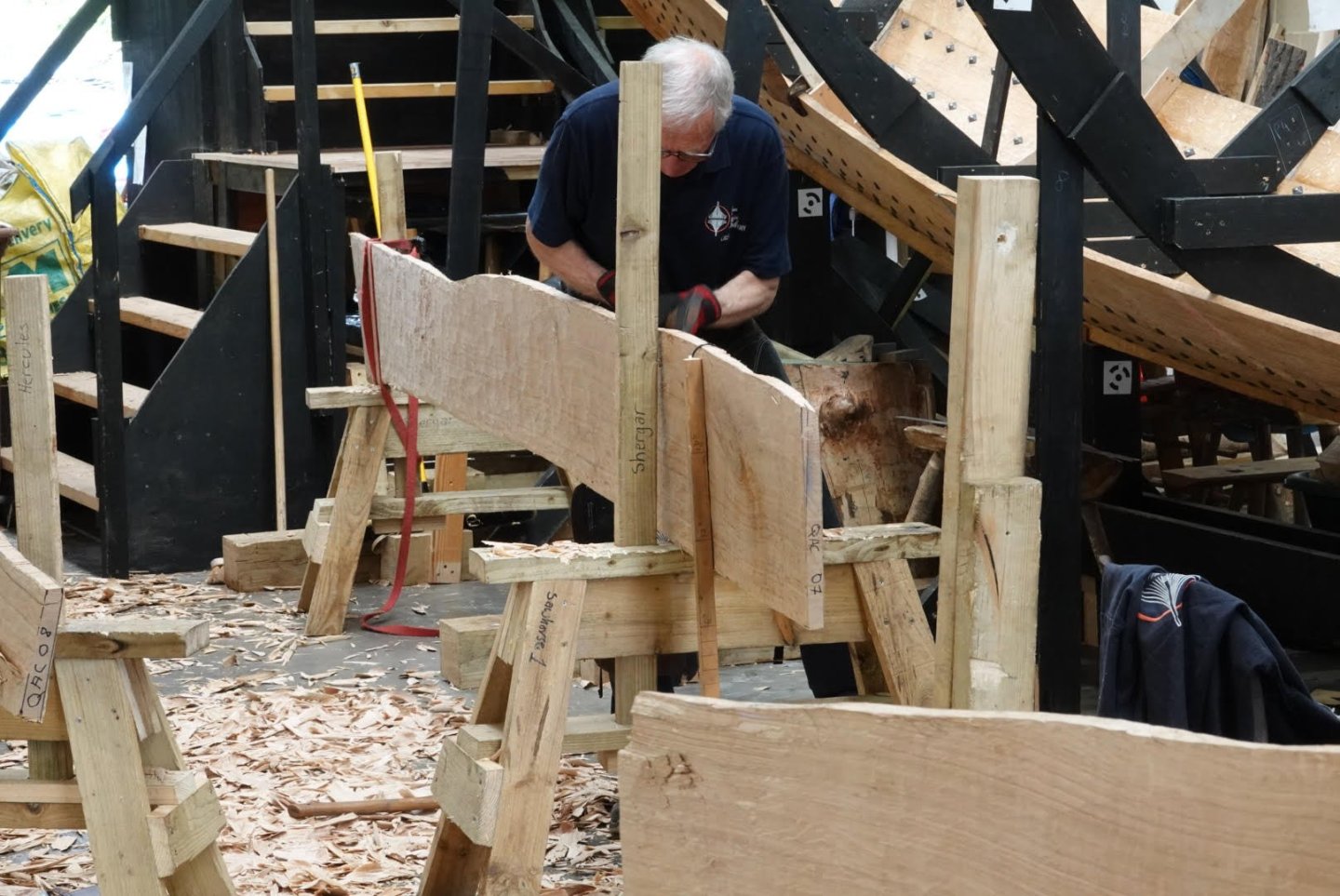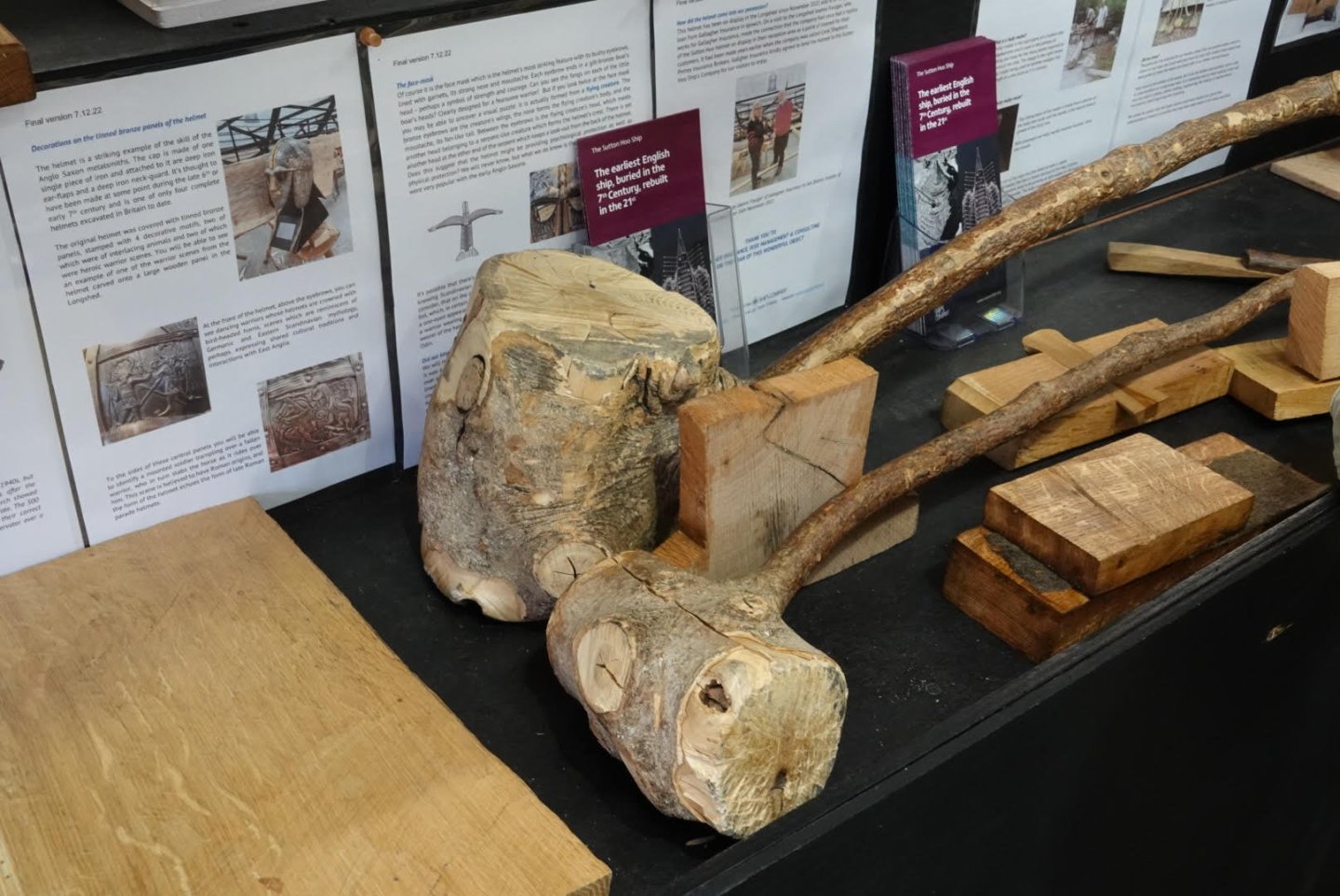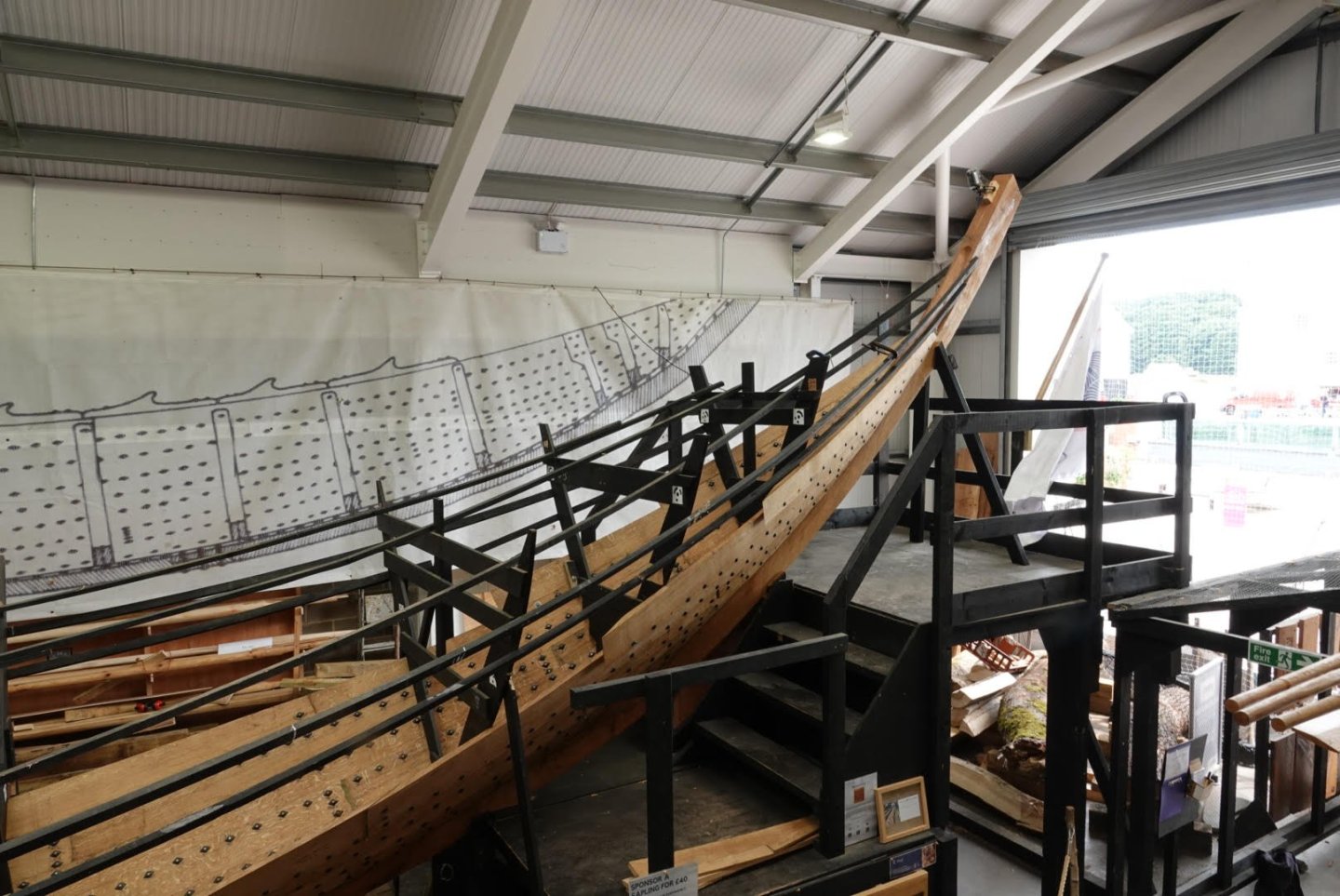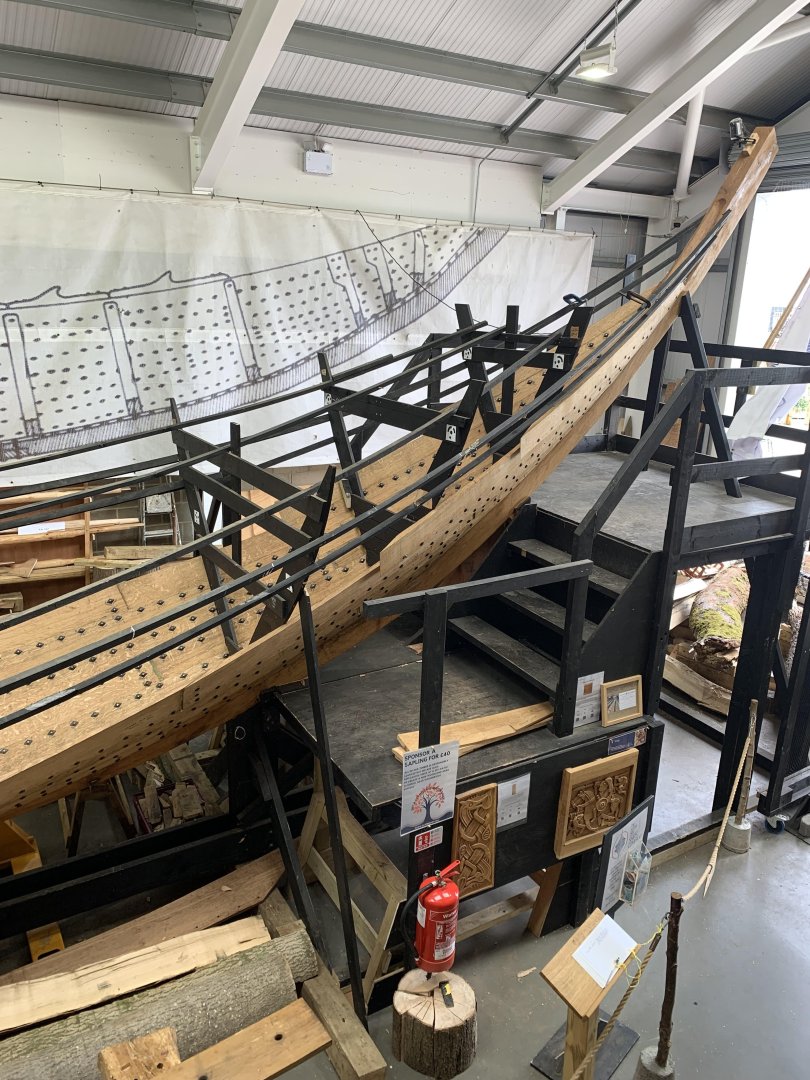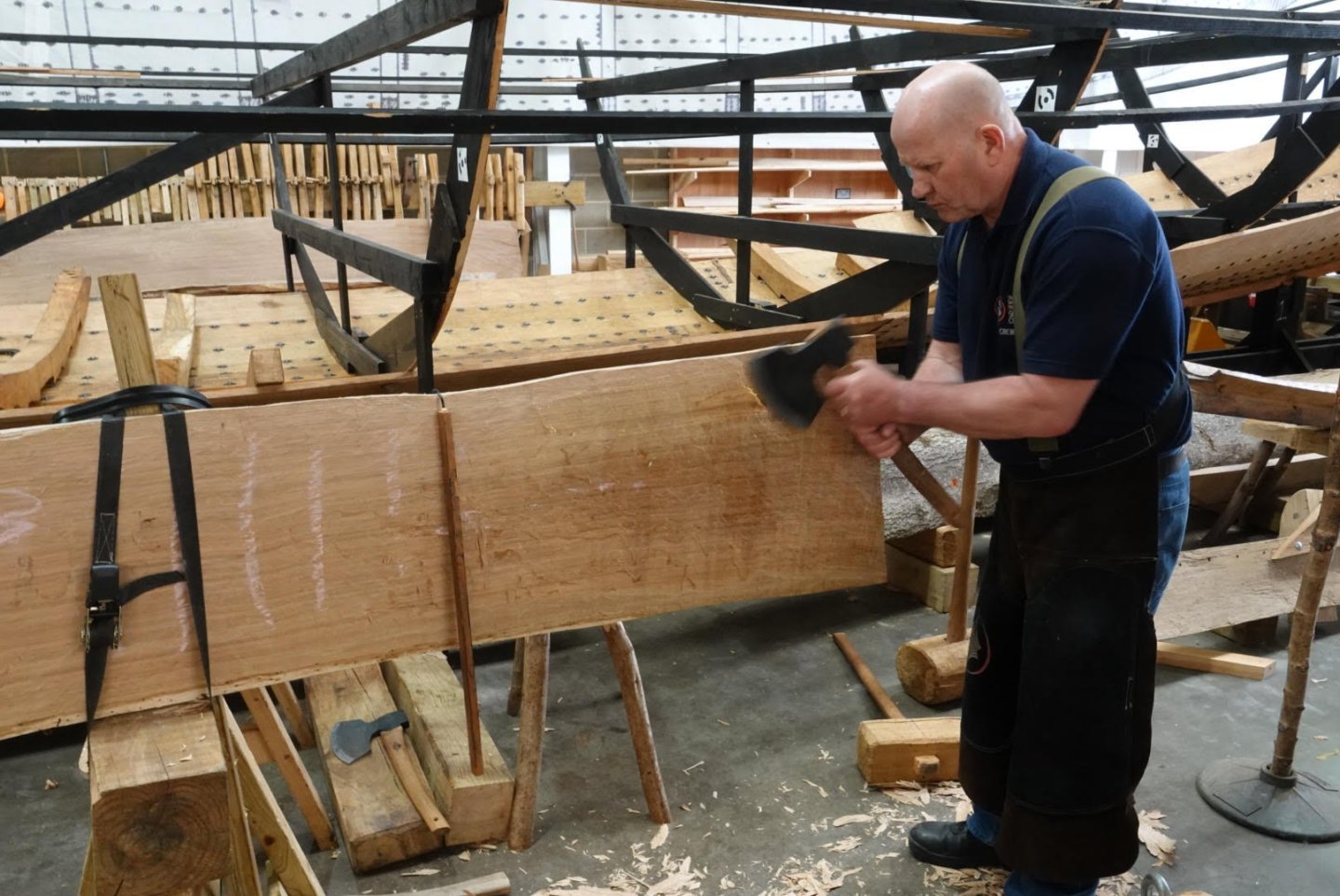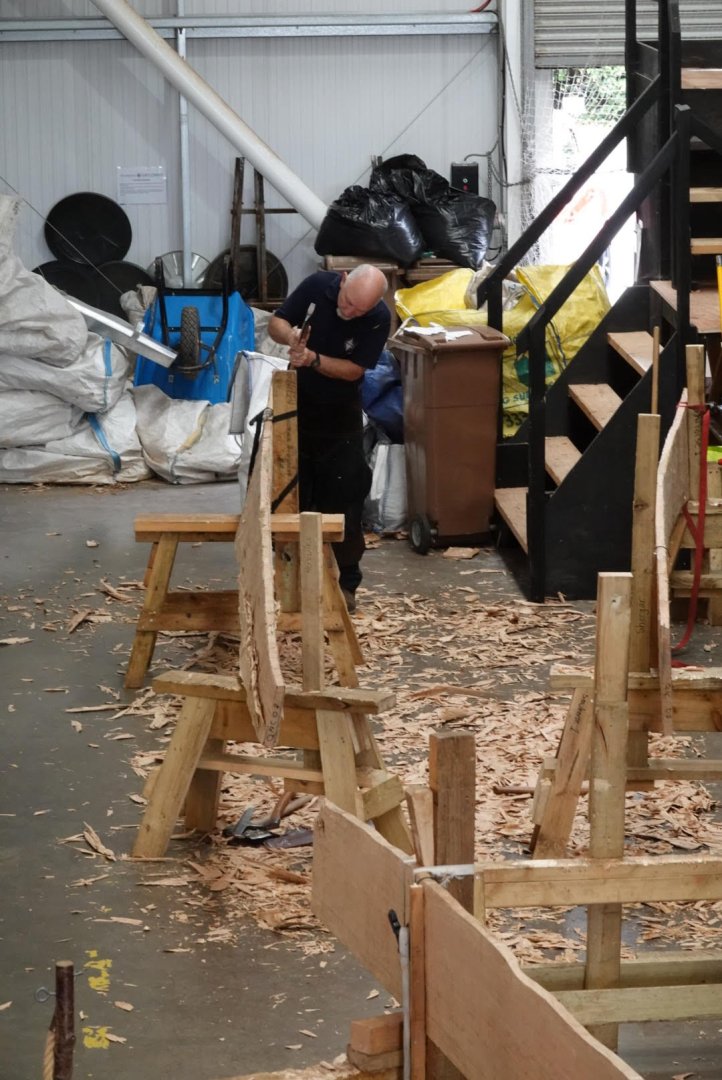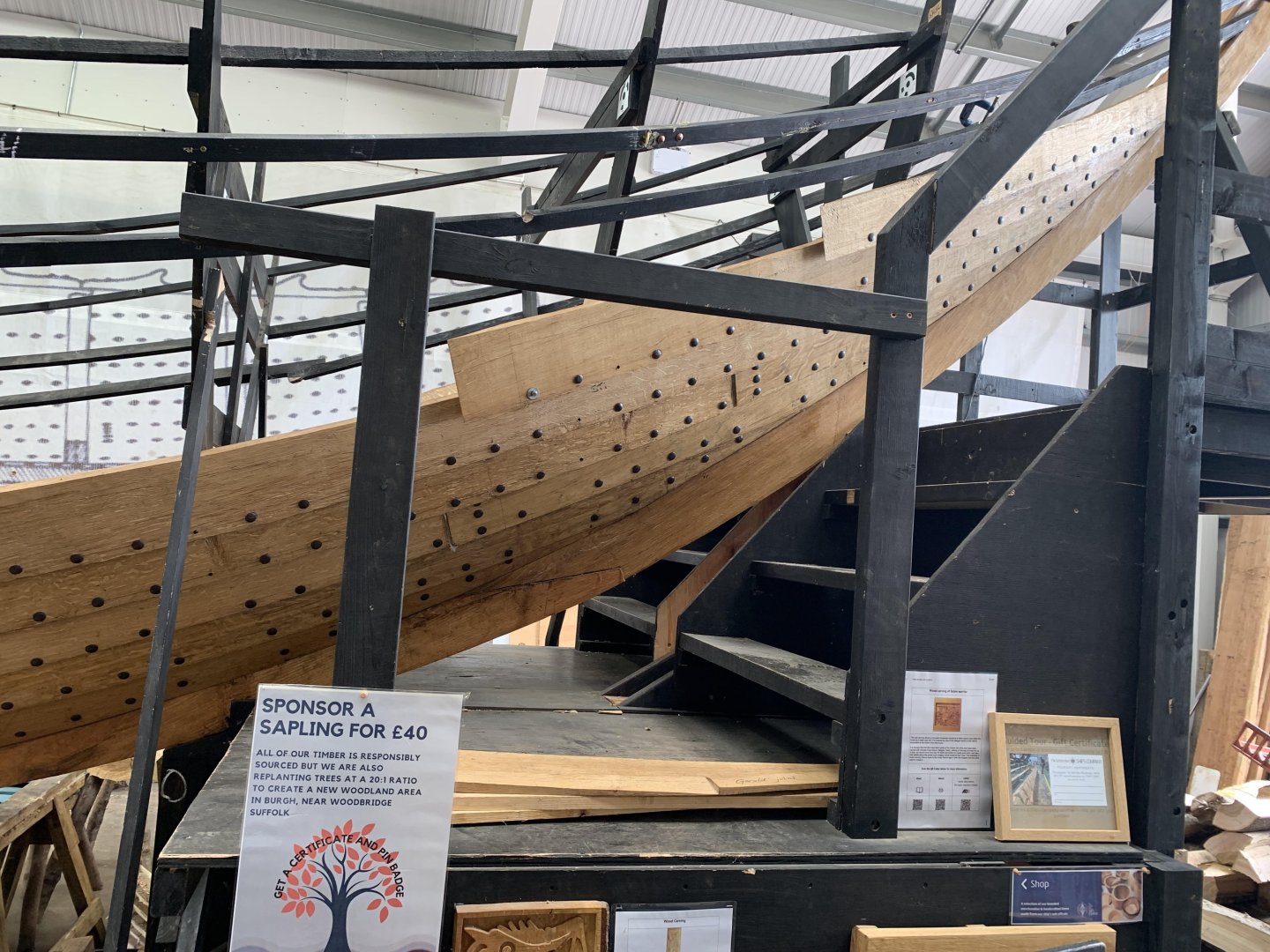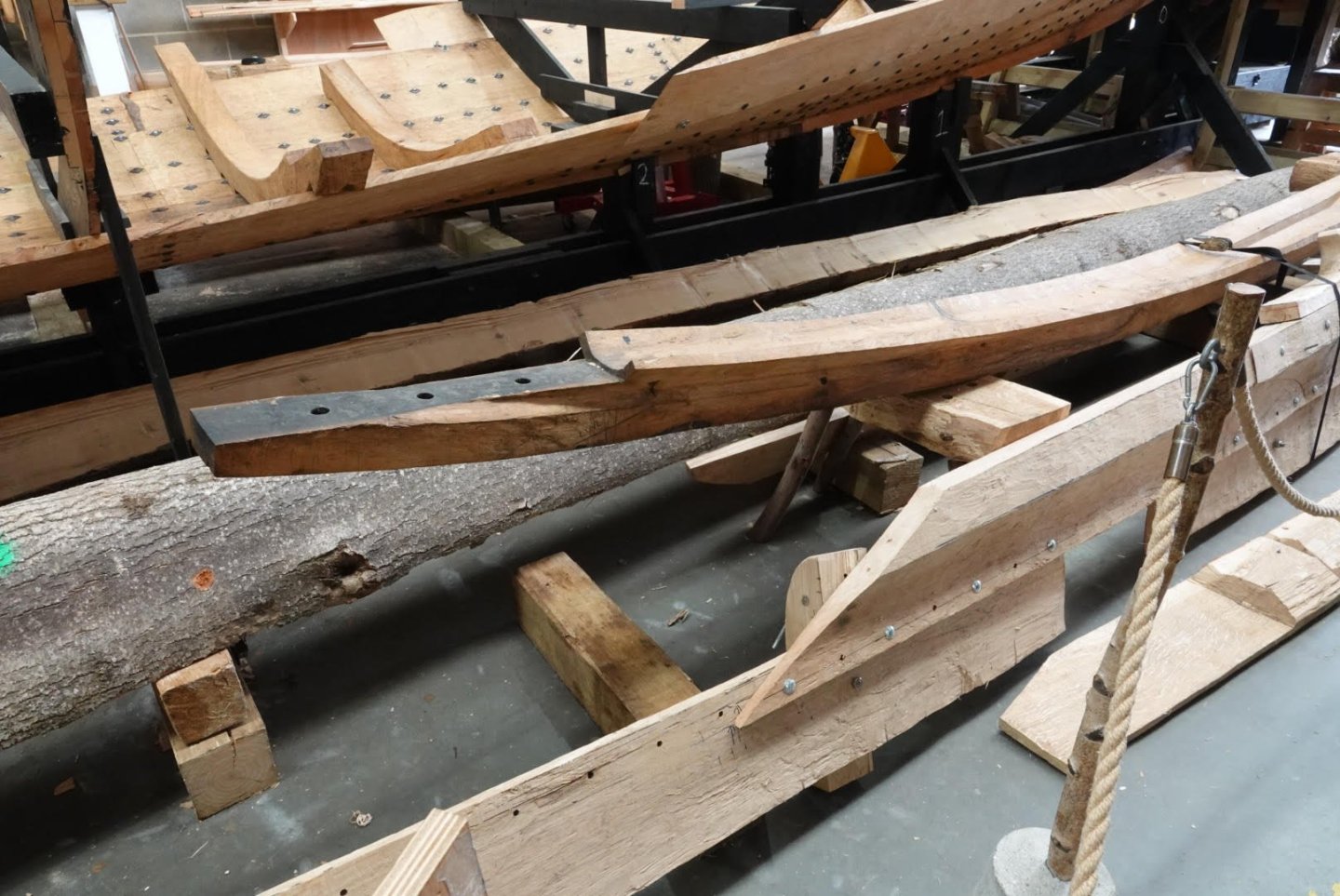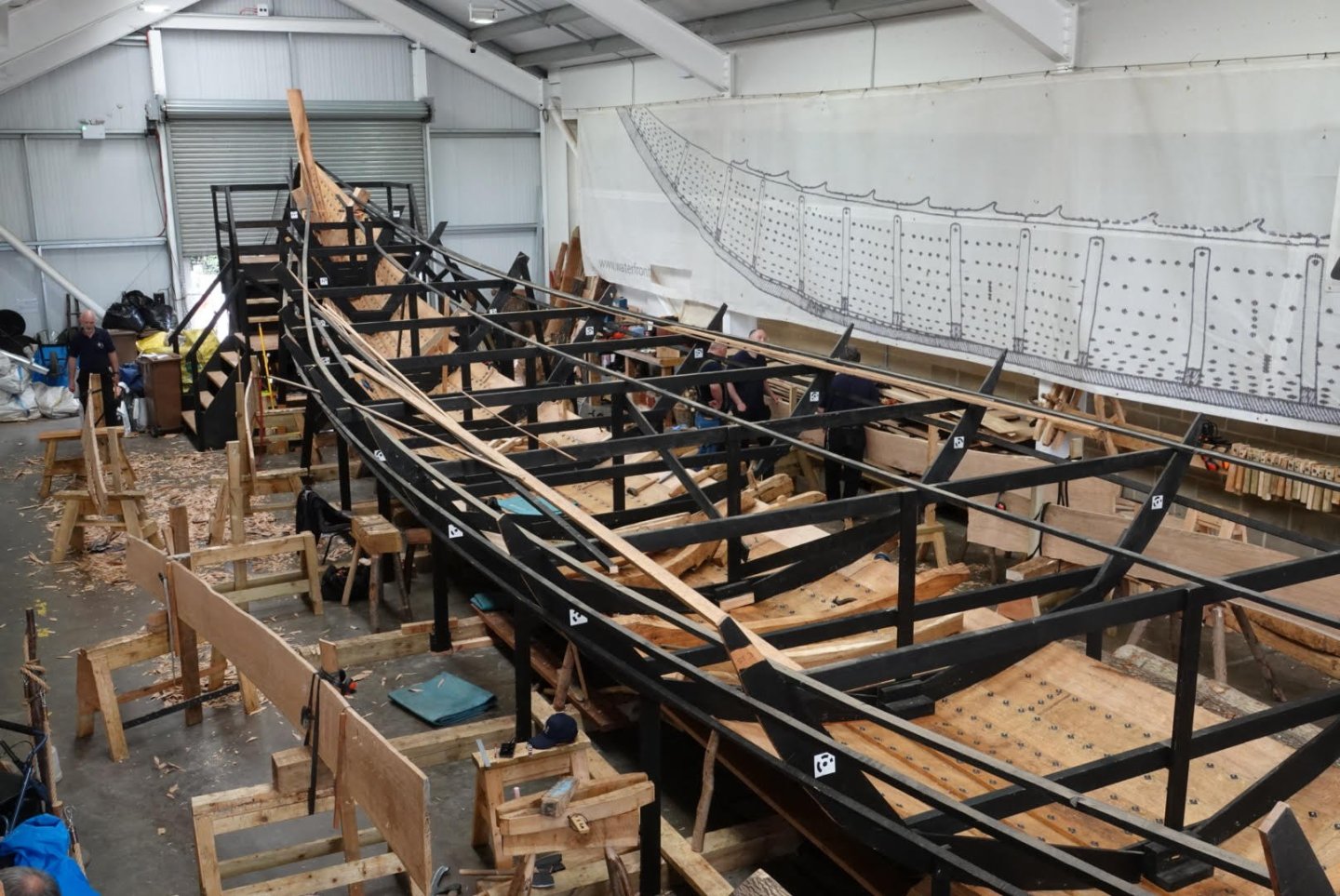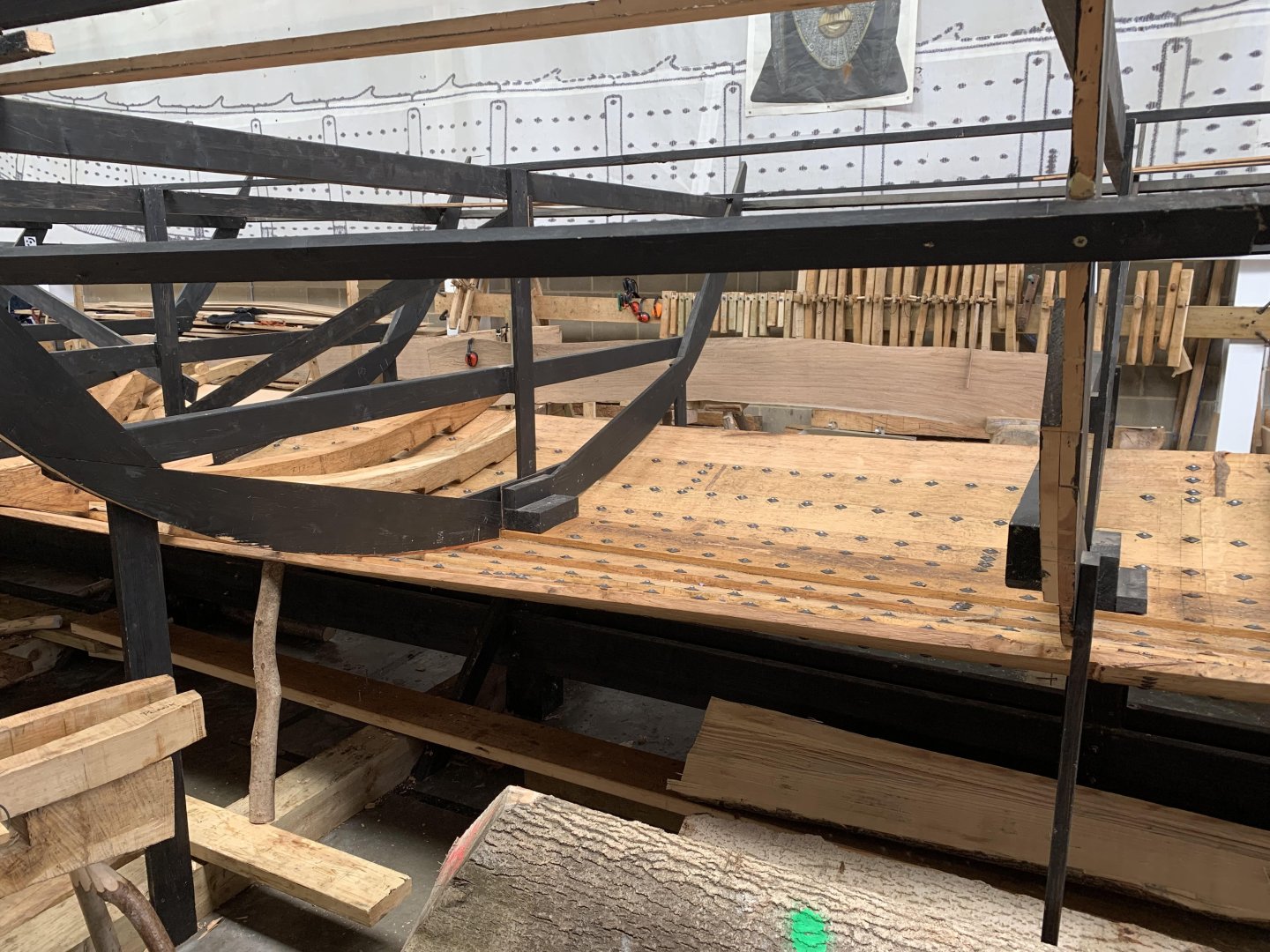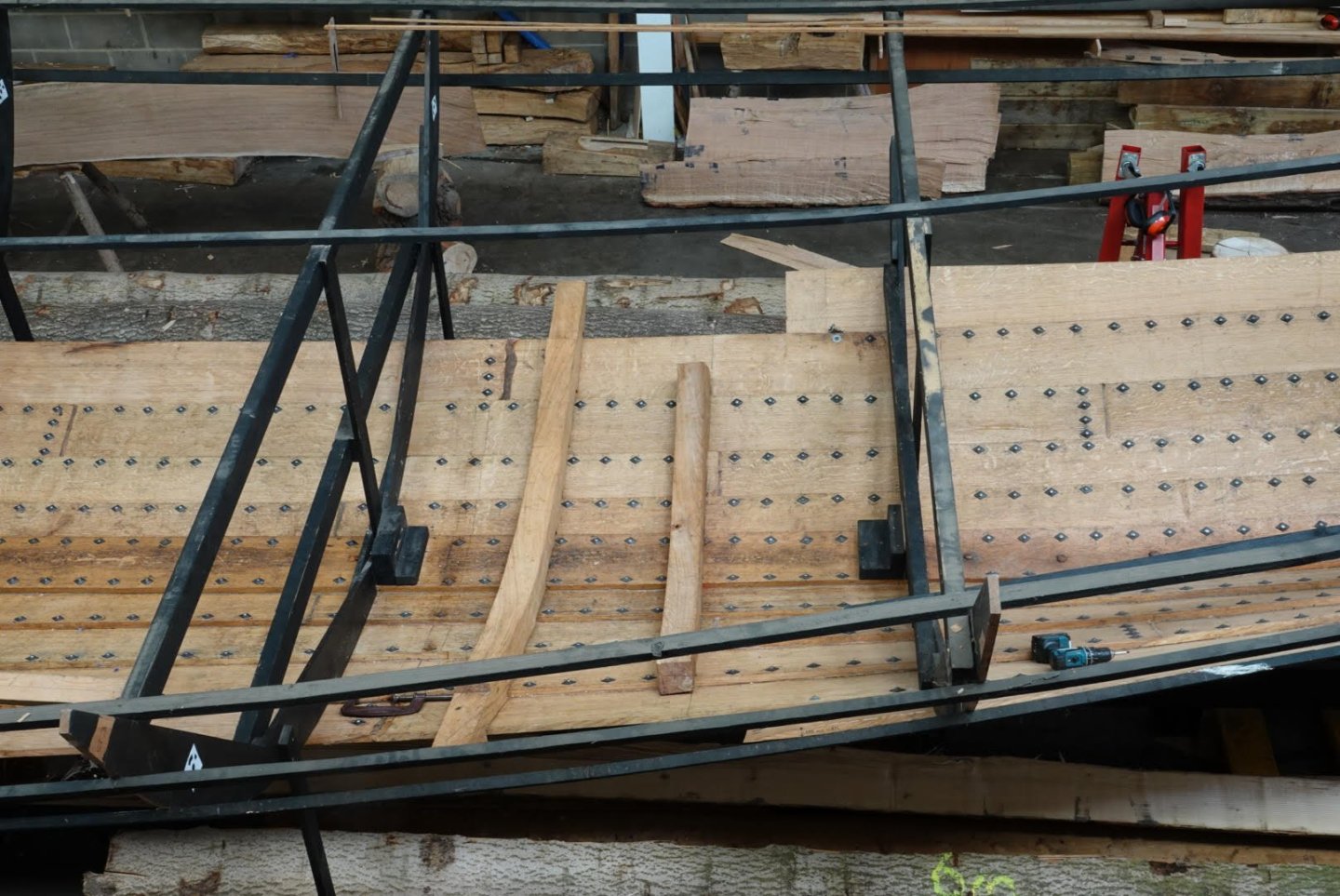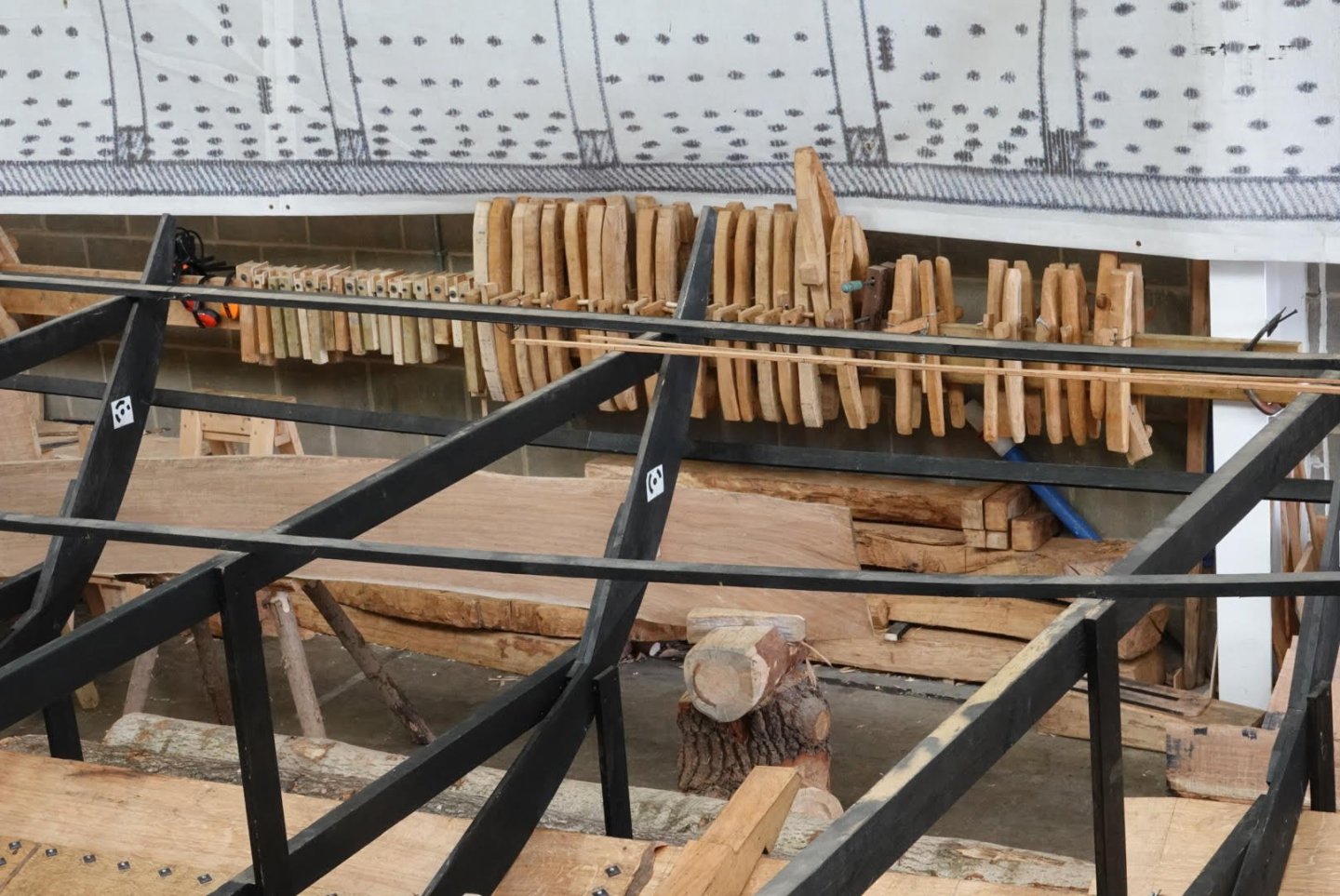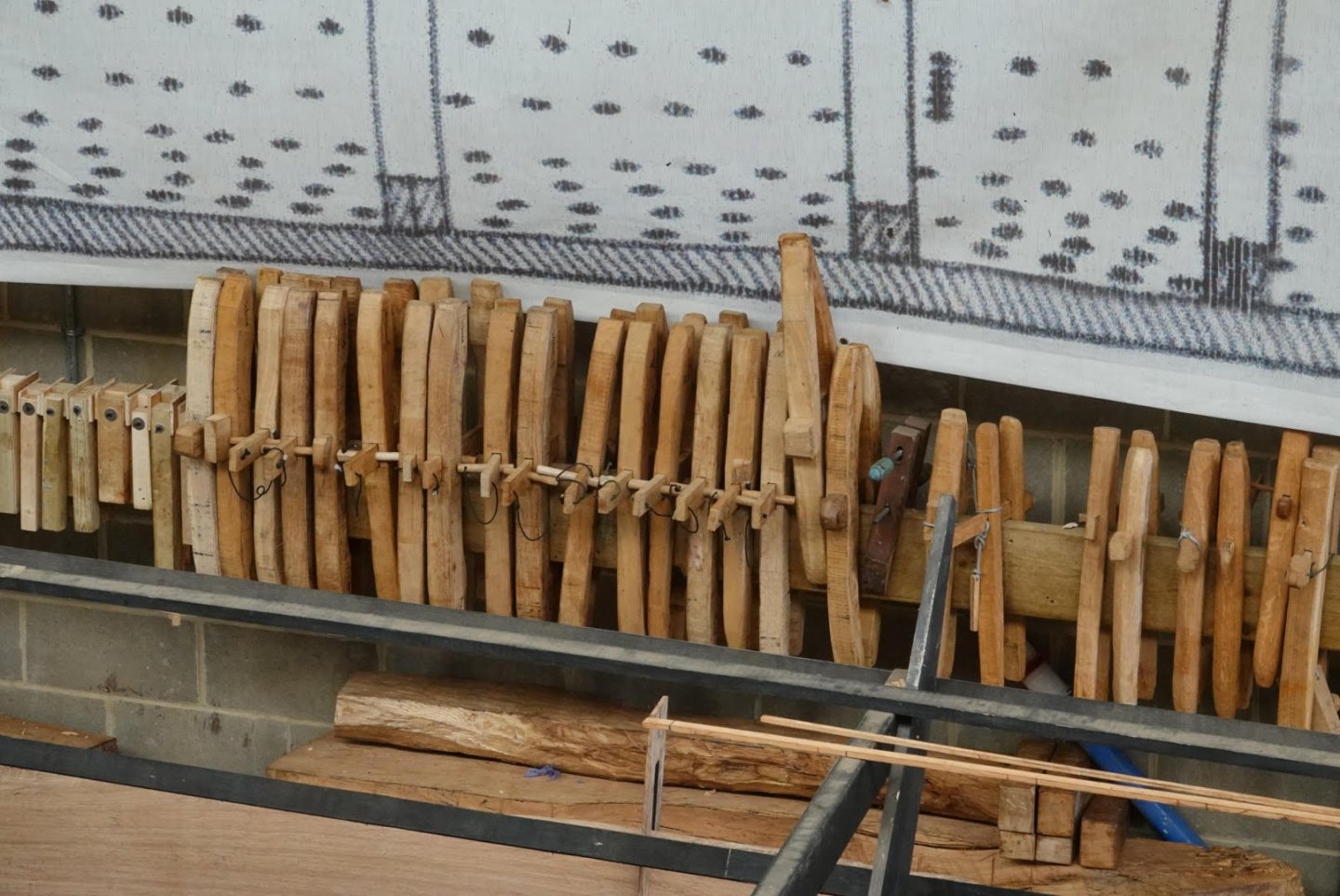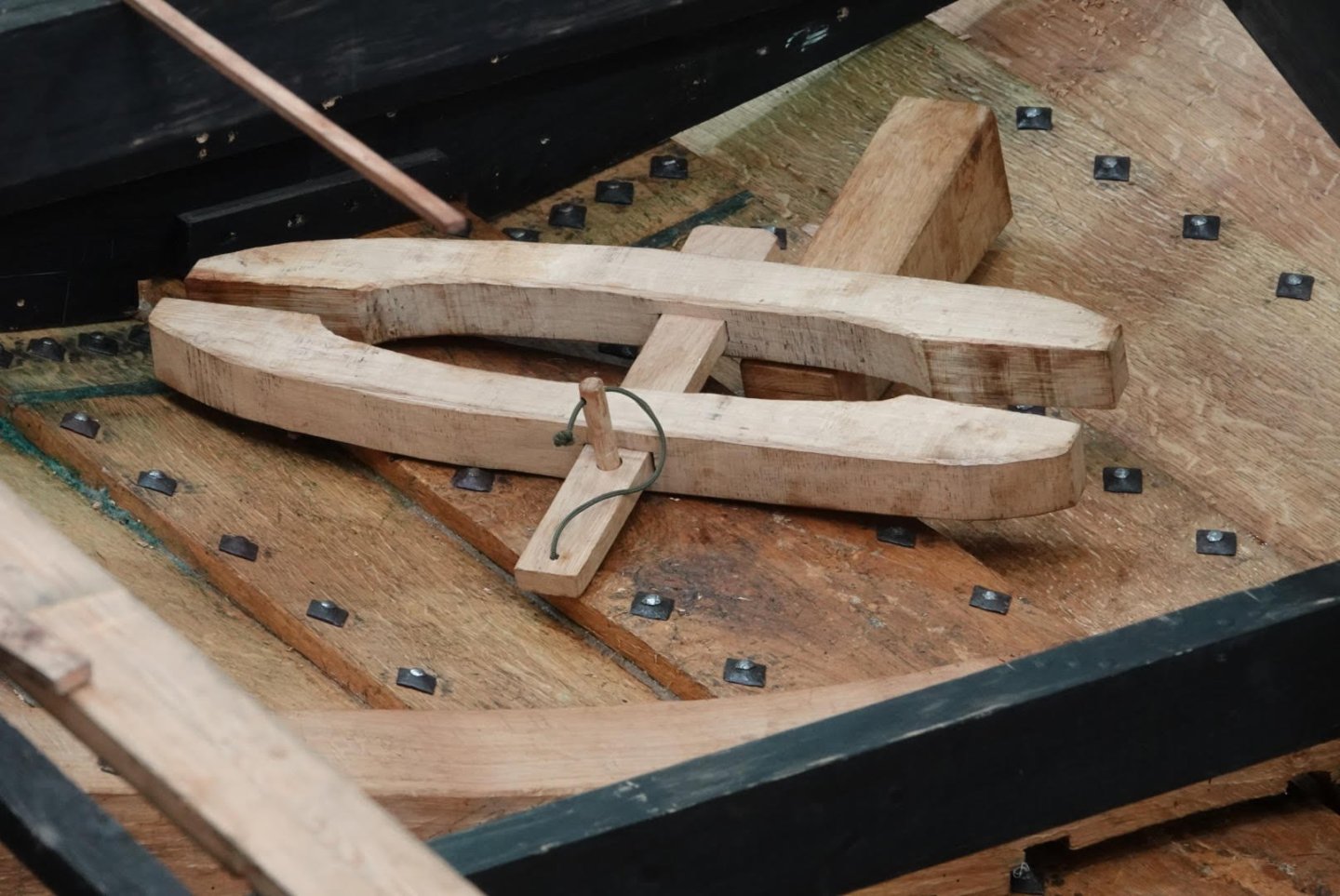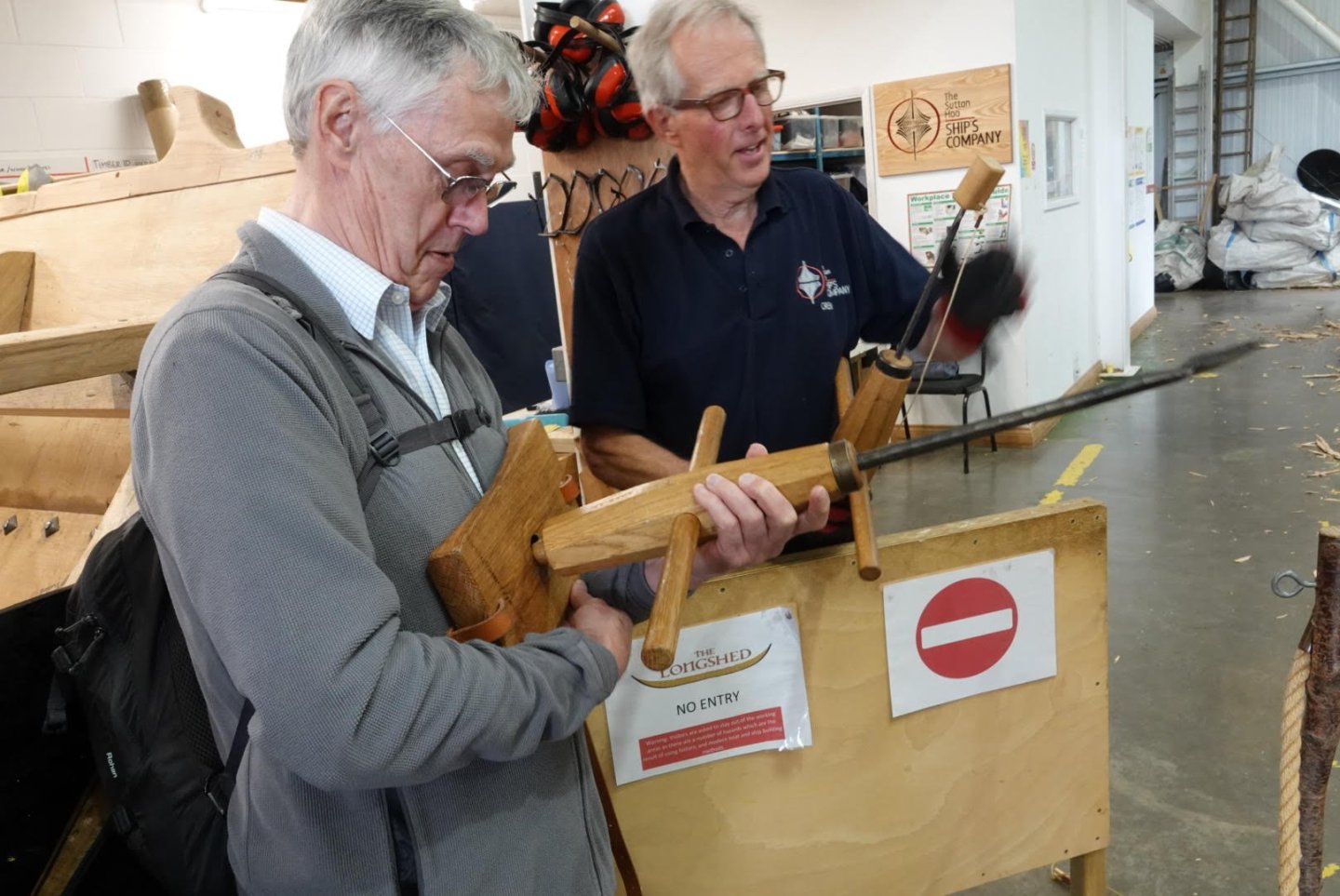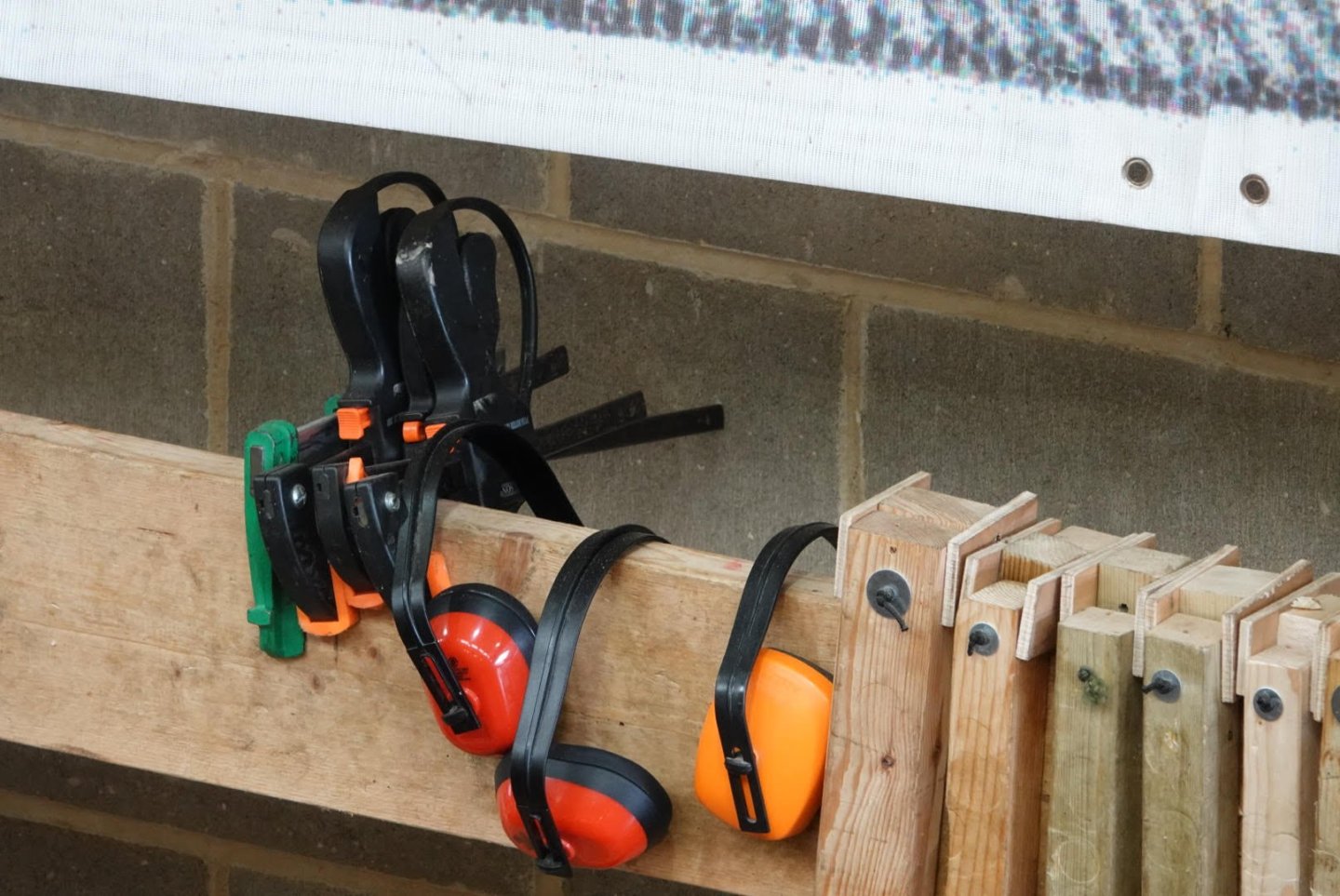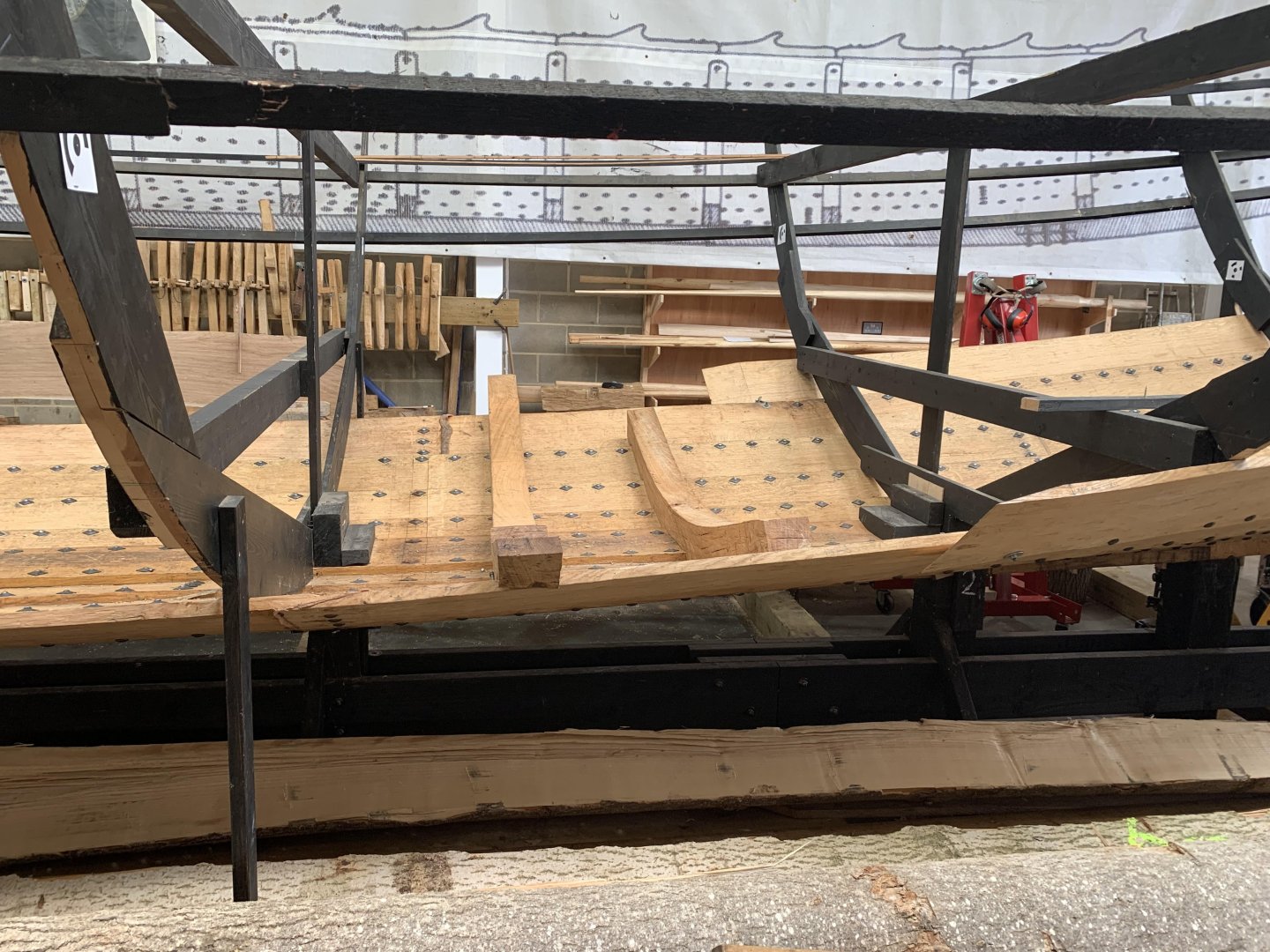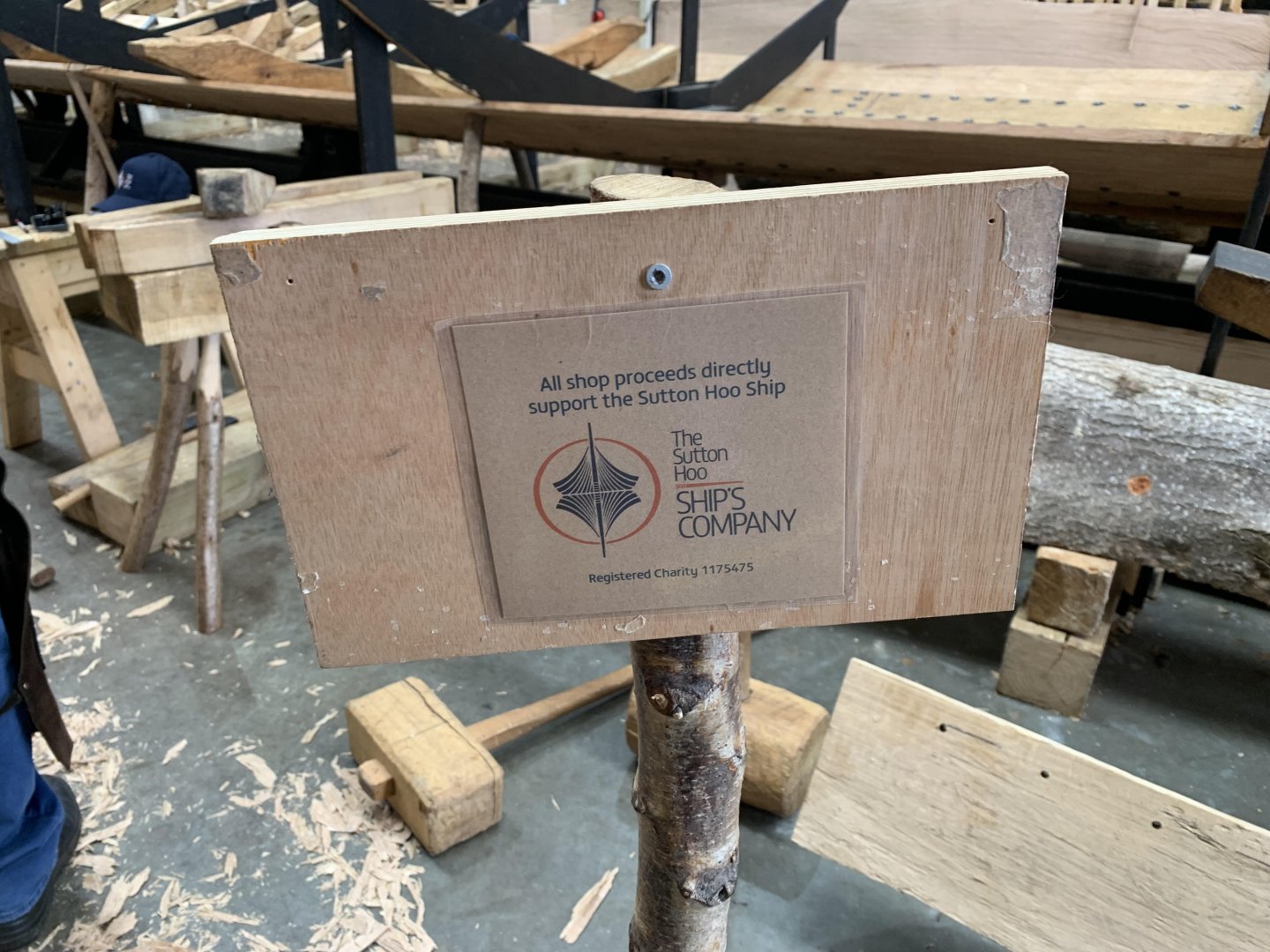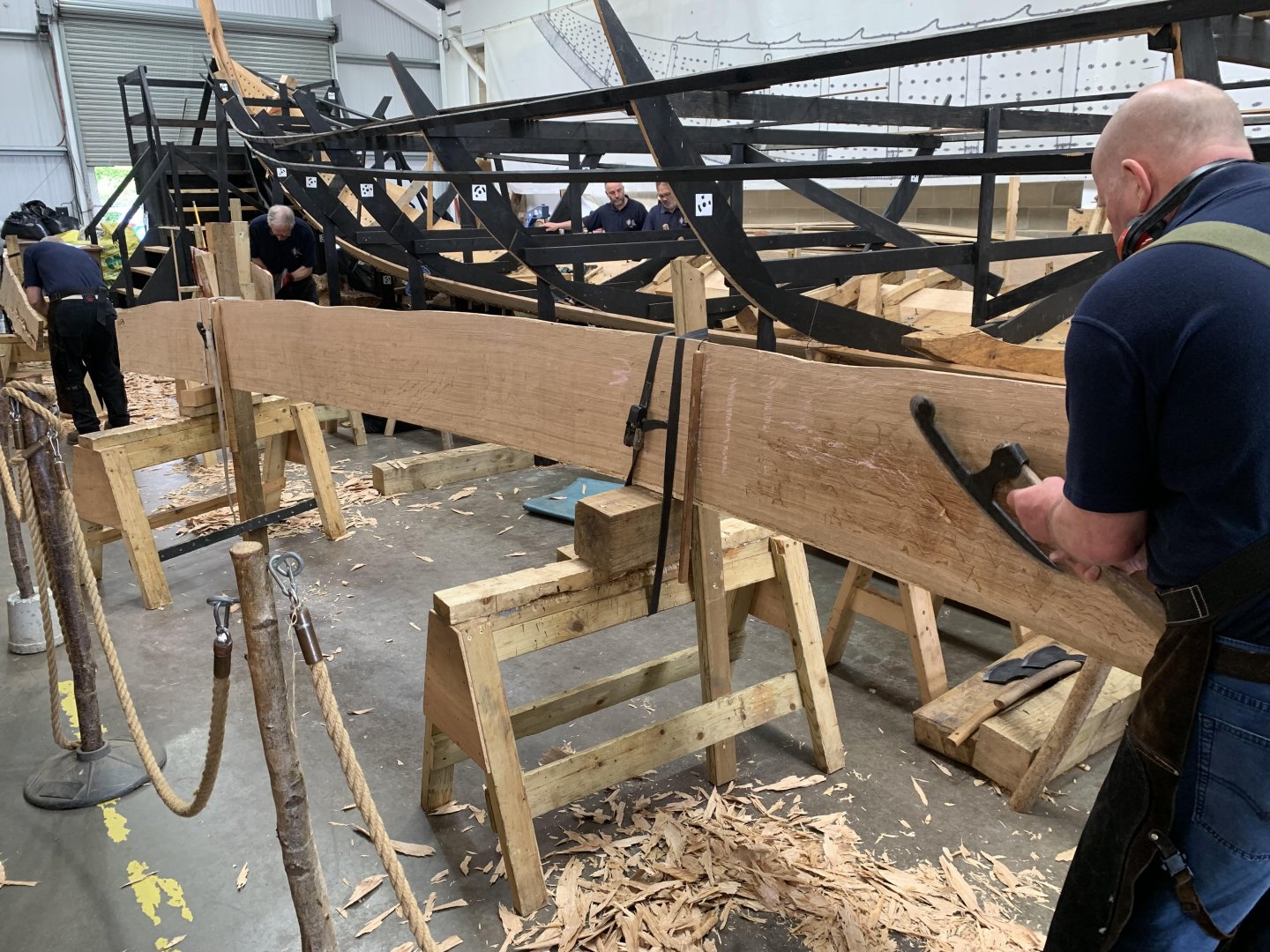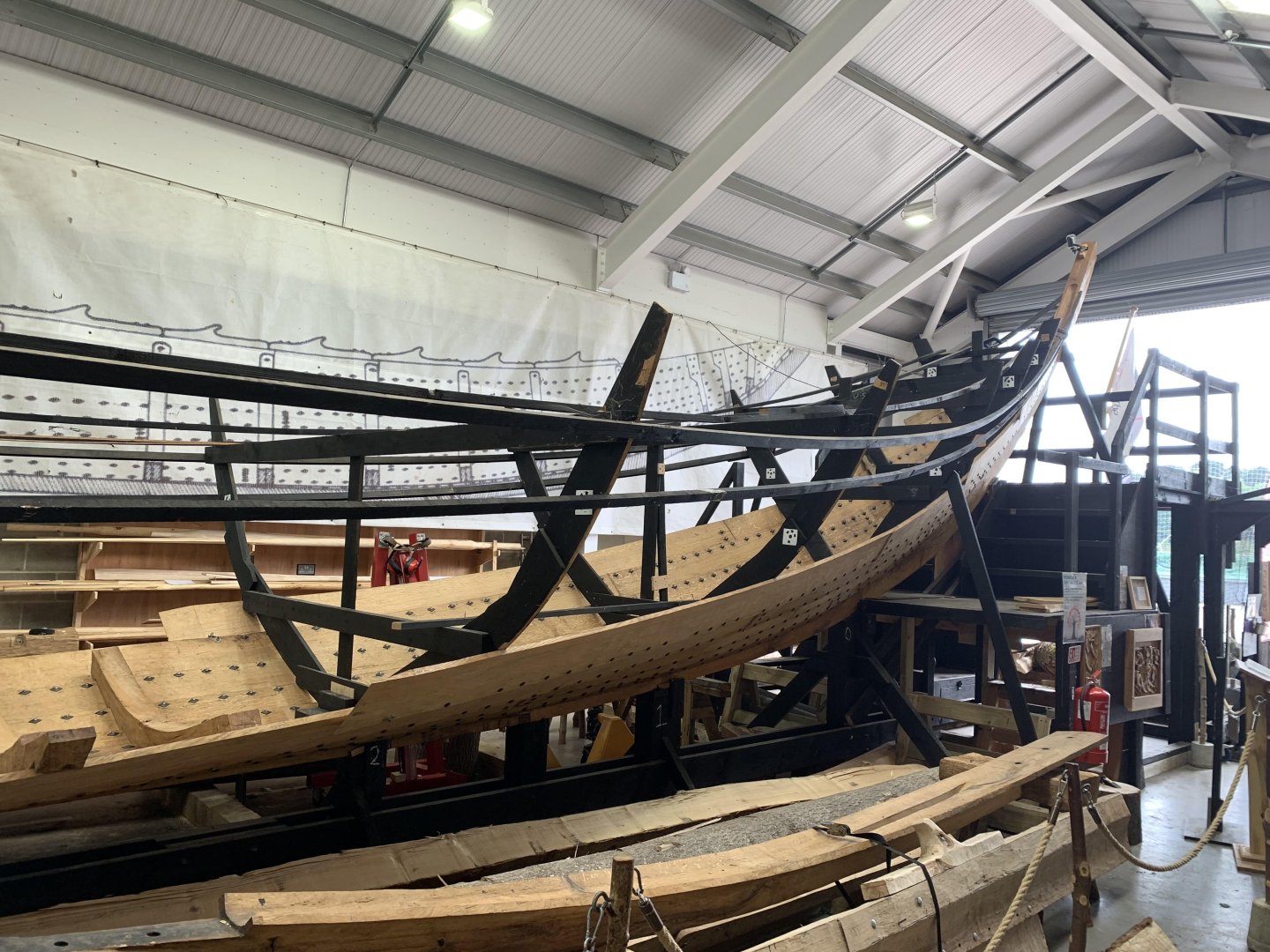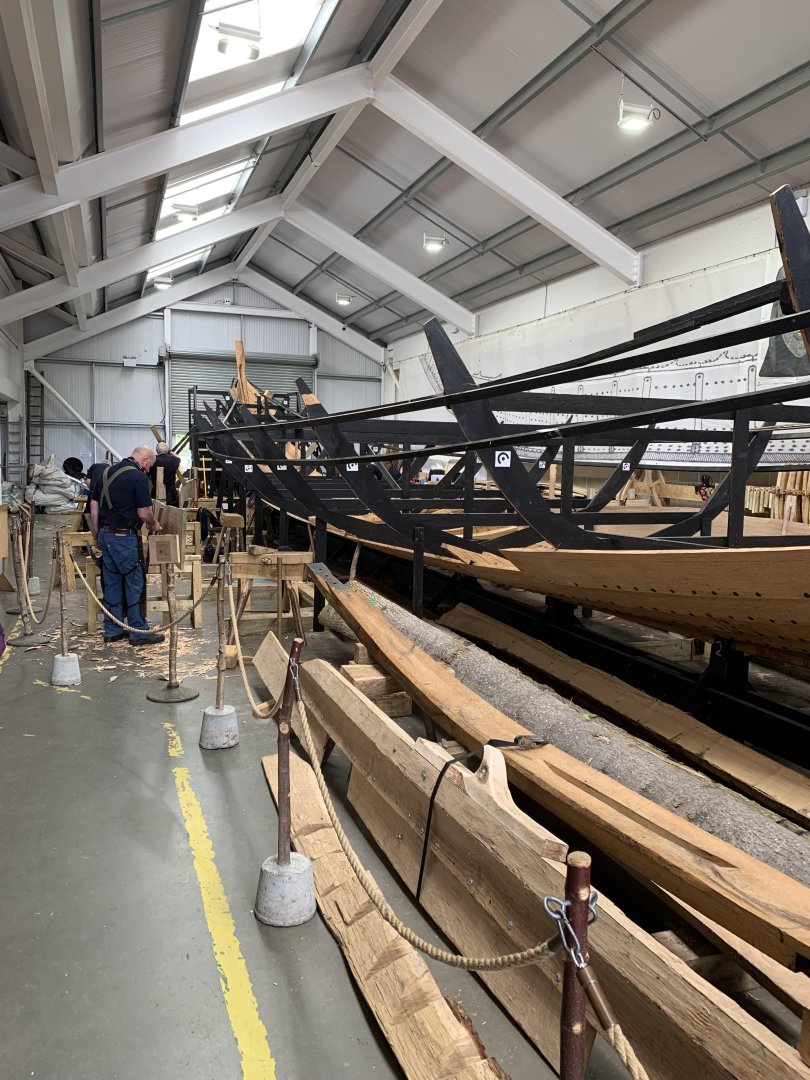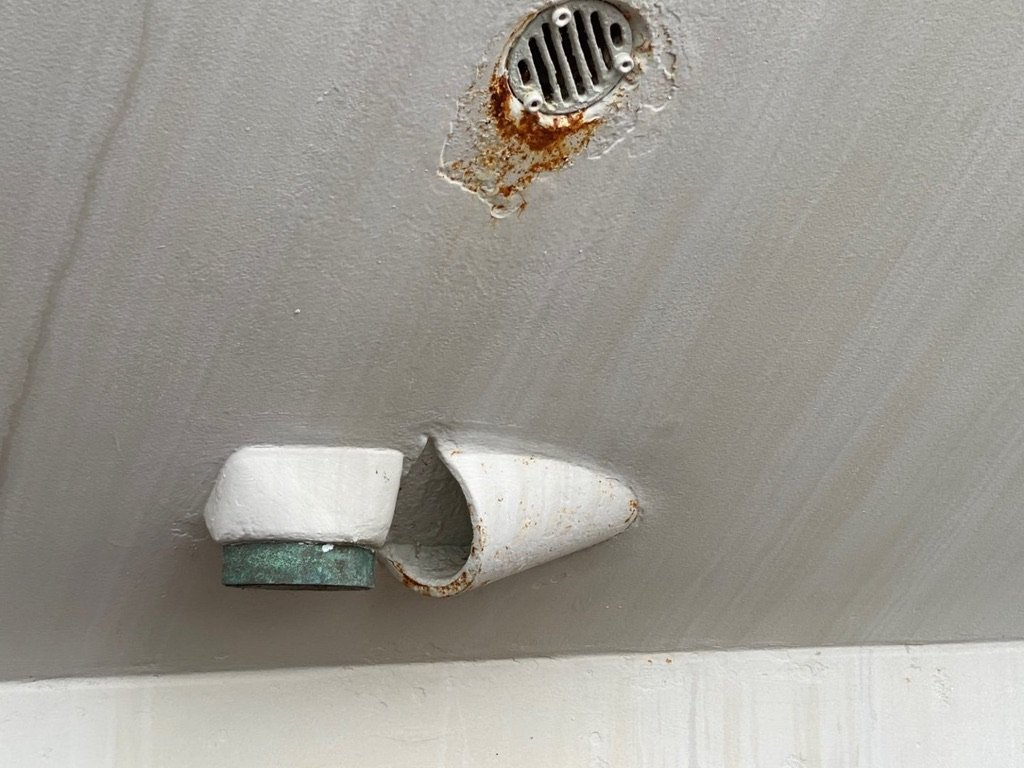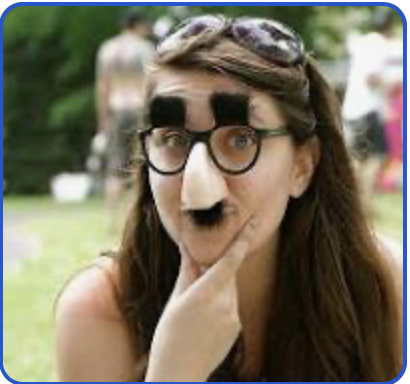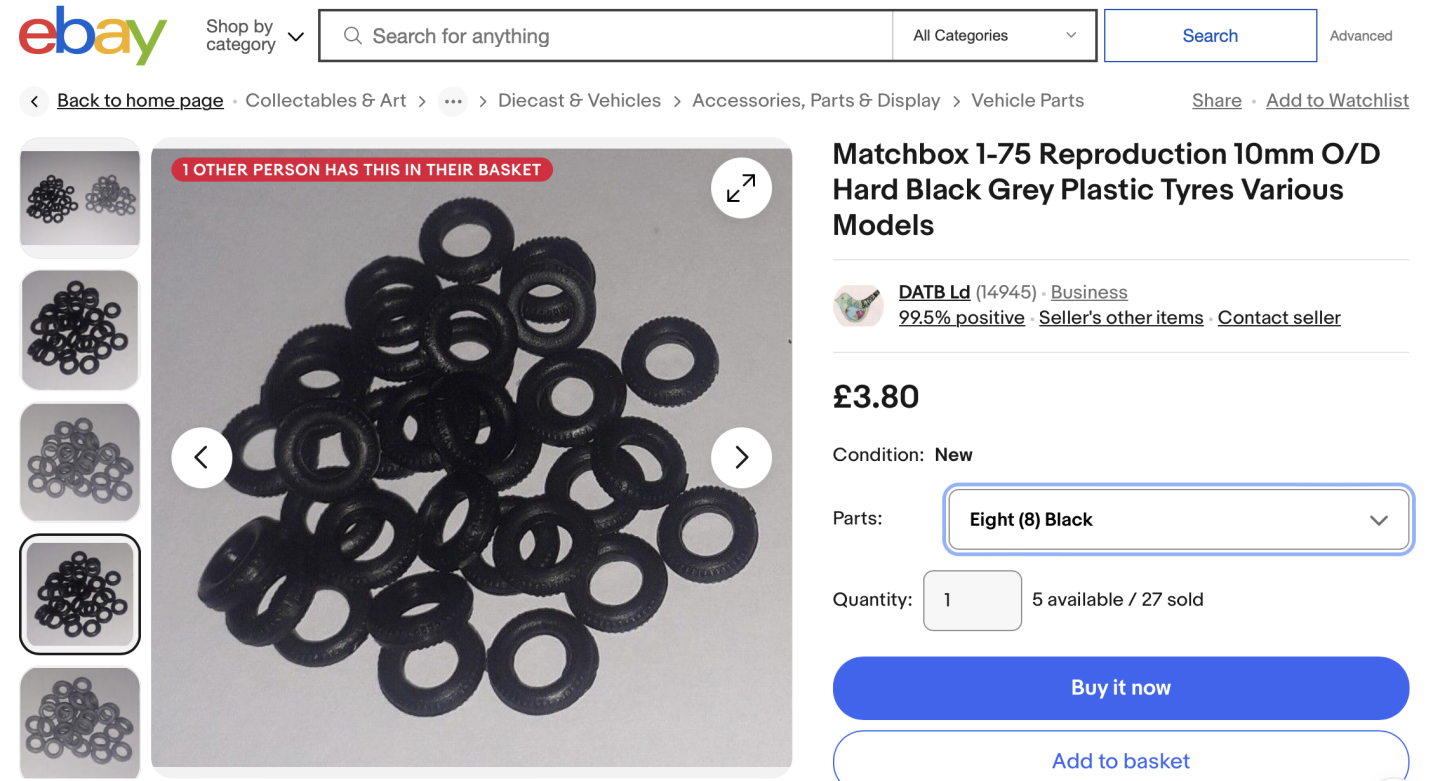-
Posts
3,867 -
Joined
-
Last visited
Content Type
Profiles
Forums
Gallery
Events
Everything posted by KeithAug
-
Mark - they said that the finished ship would be almost entirely oak. The rate limiting step is currently getting the oak. Apparently getting the right quality and shape is a lot more difficult than it was in AD 625. Their target was to finish it within the next 2 years although difficulties with the landlord of the assembly shed may get in the way of this. Their construction times seem to be shorter than many of ours!
-

Chairs! Let’s see your chairs.
KeithAug replied to Desertanimal's topic in Modeling tools and Workshop Equipment
I would love to use a chair but always find myself standing up. Usually because the tool I need is invariably more than an arms reach away. I have never had a chair with wheels though! -
Very complex framing and bracing, quite a task.👍
- 11 replies
-
- Malaspina Straits
- plastic
-
(and 1 more)
Tagged with:
-
My thought exactly. Wonderful job Andy.
- 174 replies
-
- Vigilance
- Sailing Trawler
-
(and 1 more)
Tagged with:
-
Thank you Steve. And now something of a deviation. I took a trip to Woodbridge (Suffolk) earlier today, just across the river from Sutton Hoo on the River Deben. Here a bunch of old codgers have decided to build a full sized replica of the Sutton Hoo ship using traditional methods and tools. They seem to have done a decent job on draughting the plans but don't seem too good at looking after them. Reminded me of my workbench. They started by building a small scale replica. About 1/4 size. Then they built a full sized replica of a segment of the hull. Being a traditional build they are not using sawn planks - each plank is being split from the tree trunk using wedges and sledge hammer. They explained that this was quite a wasteful process - never being sure what the split would reveal or how the plank would turn out. Keel and rai pieces:- The planks are being shaped with axes off various types. The piece of wood hanging down just in front of the sawing horse is curved on one side to the shape the plank needs to be in the vertical direction. The shipwright is using this as a guide to hollow out one side of the board before shaping the other side to a uniform width. The guide stick in use. It seems that ancient shipwrights needed a good supply of clamps:- My brother in law took too much of an interested so was given a demonstration of the ease with which holes are being drilled into the hull. The auger bears against the thrust plate on the chest and then apparently the heftiest shipwright available puts all his weight against the operators back while he turns the handles. The ancients were quite sophisticated when it came to health and safety at work. In these modern times we can't apparently replicate everything. Very well worth visiting if you are ever over this way, particularly as the old codgers seem to like the diversion of talking to the public. Some more photos:- By the way - it was all free but donations were gratefully accepted.
-
Rick - I have been doing a bit of head scratching trying to locate the position of various hull appendages. From the geometry of this feature it is located near the keel on the starboard side. From the angle the keel makes with the hull it must be somewhere towards the stern. It is one of the photos you provided and I am wondering if you recall its approximate location? For the rest of my friends please feel free to speculate on what it is and why it is this shape. Without knowing what it is It doesn't look terribly well designed to me. Keith, Rick, Eberhard, Pat, Roel, Nils - thank you all for taking the time to comment and thanks to all my other visitors.
-
-
This is probably the best starting point for experimentation. They can be had for very small cost and generally provide a relatively wide focal range. I have desk mounted lamp magnifiers, optivisors, loupe, etc but usually come back to my £3 by 3 magnification eBay purchase reading glasses for convenience (with over-glasses when machining).
-

HMCSS Victoria 1855 by BANYAN - 1:72
KeithAug replied to BANYAN's topic in - Build logs for subjects built 1851 - 1900
I agree all of us oldies need a futtock truss band. Wearing mine is a constant relief.😕- 993 replies
-
- gun dispatch vessel
- victoria
-
(and 2 more)
Tagged with:
-

HMCSS Victoria 1855 by BANYAN - 1:72
KeithAug replied to BANYAN's topic in - Build logs for subjects built 1851 - 1900
Great idea Pat - must make one. Glad to hear you are feeling better Pat and I am pleased to see you back at work.- 993 replies
-
- gun dispatch vessel
- victoria
-
(and 2 more)
Tagged with:
-
Eric - I may be misunderstanding the photo but if I look at the images of the wheelhouse the name boards look somewhat less high than the ones you have made. If I compare actual ones with the height of the helmsman they appear to be a little higher than the length of his upper arm - I guess about 18" to 20". What is the scale height of the ones you have made - they look to be just under half the height of the door or circa 30 inches? If they should be less high (and hence wide) then it would make fitting the port sign in front of the door more practical. Just a thought.
- 392 replies
-
A Little more planker's progress. The tapered planks continue to go on. I got to the point where more 1/32" ply backing could be added behind the planks in the boiler room area. As the taper planks were fitted they began to fill central section of the hull relative to the bow and stern. The taper planking at the stern can be seen quite clearly in the following photo. Seven taper planks were in position at this stage. By the next photo I was starting to encroach on the area of the Skeg slot. This slot can't be closed up until I have permanently attached the skeg which I don't want to do at the moment. The next photo shows how the taper planking is going at the bow. At this stage I did some further checks on progress towards the string line and concluded that an additional filler plank needed to be inserted over the central section of the hull. This plank was full width at maximum beam tapering to nothing about 15" either side of maximum beam. In the next photo I have inserted a short section of full width plank at maximum beam and then temporarily installed a further long plank above this. Then over the gap in the planks I attached a piece of paper and with some graphite I did a "rubbing" before cutting out the required plank shape as a paper template. I then pasted the cut out piece of paper on to a pair of planks and shaped the planks to match the paper. One of the shaped planks with the attached template can be seen inserted below. The fine tapers at either end of the inserted planks were then cut and installed. The next plank was then glued in place. I am now back on track with closing the gap to the string line.
-
I can see that the discrepancies between the drawings and the photo is going to create some interest. I notice that the stern end of the shelter on the lower deck is curved in the second drawing and square on the 1st drawing, it is square on the 1922 photo and curved on the ship today. Lots of opportunity for research. Her lines are quite nice - will the planking be visible or masked by filler?
-
Nils, Veszett - I am probably missing something re the discussion of window material but I use acetate sheet which can be had in a range of thicknesses or if i want something thicker I use the cases for music CD's. Is there a particular reason for the alternatives you suggest?
- 300 replies
-
- lightship
- Feuerschiff Elbe 1
-
(and 1 more)
Tagged with:
About us
Modelshipworld - Advancing Ship Modeling through Research
SSL Secured
Your security is important for us so this Website is SSL-Secured
NRG Mailing Address
Nautical Research Guild
237 South Lincoln Street
Westmont IL, 60559-1917
Model Ship World ® and the MSW logo are Registered Trademarks, and belong to the Nautical Research Guild (United States Patent and Trademark Office: No. 6,929,264 & No. 6,929,274, registered Dec. 20, 2022)
Helpful Links
About the NRG
If you enjoy building ship models that are historically accurate as well as beautiful, then The Nautical Research Guild (NRG) is just right for you.
The Guild is a non-profit educational organization whose mission is to “Advance Ship Modeling Through Research”. We provide support to our members in their efforts to raise the quality of their model ships.
The Nautical Research Guild has published our world-renowned quarterly magazine, The Nautical Research Journal, since 1955. The pages of the Journal are full of articles by accomplished ship modelers who show you how they create those exquisite details on their models, and by maritime historians who show you the correct details to build. The Journal is available in both print and digital editions. Go to the NRG web site (www.thenrg.org) to download a complimentary digital copy of the Journal. The NRG also publishes plan sets, books and compilations of back issues of the Journal and the former Ships in Scale and Model Ship Builder magazines.





